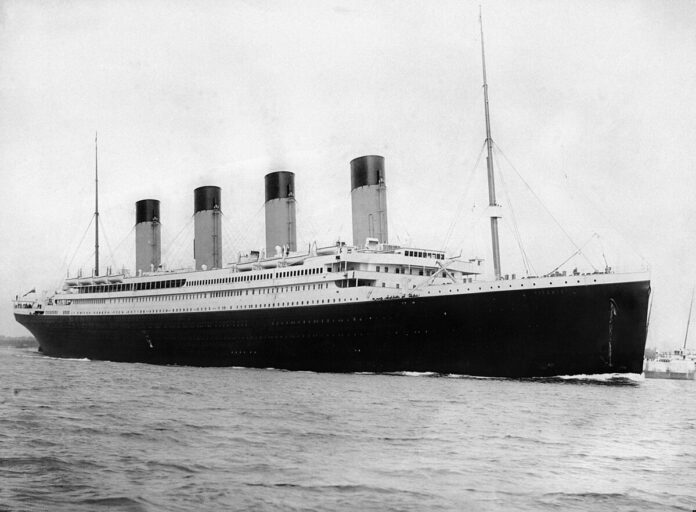This article originally appeared on: history-a2z.com
Embarking on an exploration of the past, the Titanic story remains a heart-wrenching chapter in our history. Remembered through James Cameron’s famous movie, we’ve already shared some insights in two previous articles. Yet, fueled by your curiosity, we’ve delved even deeper for this third installment. So, if you’re hungry for more tales about the so-called unsinkable ship, let’s dive into the details together. Scroll on!
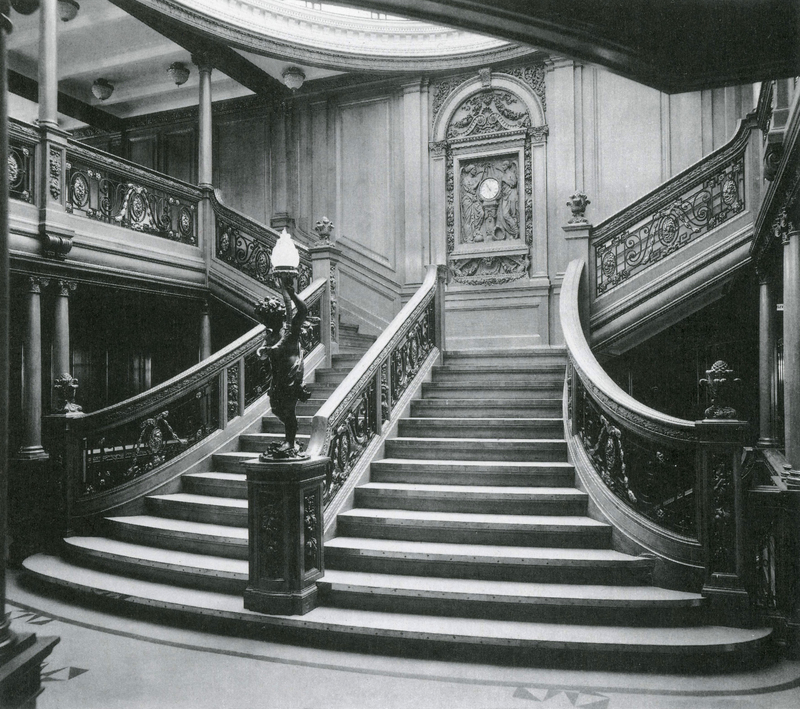
A Luxury Staircase: A Majestic Descent Through Opulence
Step into the Titanic, and you’re not just on a ship but in a world of luxury. The first-class experience was beyond compare, offering passengers exclusive access to a range of extravagant amenities. From a lavish swimming pool and a state-of-the-art squash court to the relaxation of a Turkish bath and even accommodations for four-legged friends in the dog kennel, the Titanic aimed to redefine opulence at sea.
At the heart of this grandeur was the iconic staircase, now forever etched in history thanks to its portrayal in the movie. This masterpiece connected seven of the ship’s ten decks, adorned with oak paneling and intricate bronze cherubs. For enthusiasts, the Titanic Museum in Branson, Missouri, pays homage with a stunning replica of this luxurious staircase, allowing visitors to step back in time and relive the grandeur.
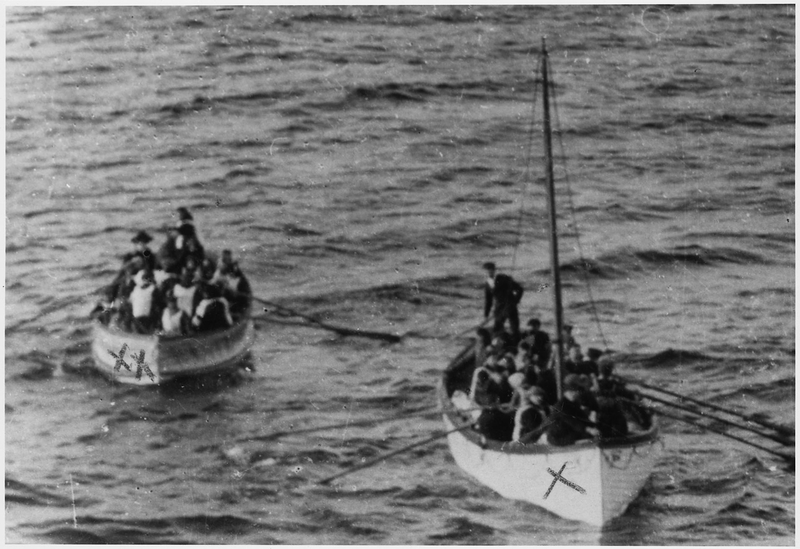
Some Lifeboats Did Not Carry People at Maximum Capacity: A Tragic Oversight in the Sea of Desperation
In the face of disaster, the Titanic’s lifeboats revealed a heartbreaking reality. With insufficient lifeboats for all 2,200 souls on board, the majority were not even filled to their maximum capacity. Take, for instance, Lifeboat 7, capable of carrying 65, yet it launched with only 24 souls on board. Similarly, Lifeboat 1, with a capacity for 40, held a mere seven crew members and five passengers during its desperate journey to safety.
This tragic oversight meant that many more lives could have been spared if the lifeboats had been utilized to their full potential. The discrepancy in the number of passengers on board these lifeboats remains a haunting reminder of the chaos and desperation that unfolded that fateful night.

No Closure: Unraveling the Mystery of the Unidentified Souls
The tragedy of the Titanic extends beyond its sinking, leaving a lingering mystery in its wake. Official records state that 1,503 lives were lost, and 705 individuals survived, but the identities of over a hundred victims remain unknown. Halifax, Nova Scotia’s Fairview Lawn cemetery cradles these unnamed souls, denying them the closure that comes with a known identity.
The anonymity is partly due to the era’s practice of traveling under false identities, complicating the process of identifying the recovered bodies. This lack of closure adds another layer of sorrow to the already tragic narrative of the Titanic, leaving families and historians alike grappling with the unknown.

The Titanic Had Its Own Newspaper: Sailing Through News and Navigating Daily Life
Beyond the realms of expectation, the Titanic was a floating world of its own, complete with unexpected luxuries. Amidst the grandeur, the ship boasted its own newspaper – the “Atlantic Daily Bulletin.” Imagine waking up every morning to a fresh edition containing not just news but a blend of stock prices, horse-racing results, advertisements, society gossip, and the day’s menu.
This quaint addition showcased the ship’s commitment to providing a complete and immersive experience for its passengers. It’s a testament to the Titanic’s dedication to ensuring that every facet of daily life, even the mundane, was catered to with utmost attention to detail.
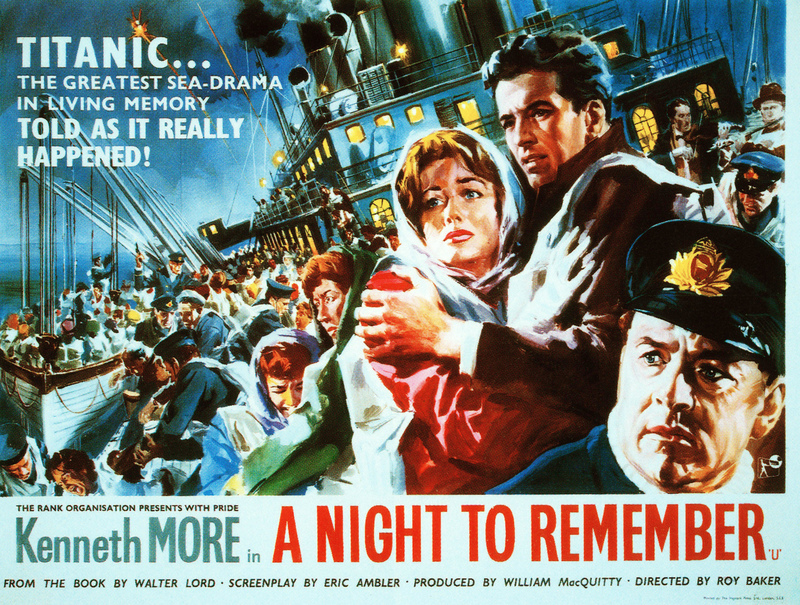
Other Titanic Movies: The Drama Behind the Scenes
The Titanic’s story didn’t end with its tragic sinking; it continued to unfold in the realm of filmmaking. Lawrence Beesley, a second-class survivor, wrote a memoir titled “The Loss of the SS Titanic,” providing a unique perspective on the disaster. However, when the movie “A Night to Remember” aimed for accuracy, Beesley attempted to disrupt the filming in a symbolic gesture.
Working on the sets, he tried to jump into a scene depicting the sinking, only to be thwarted by director Roy Ward Baker, who cited potential union violations. This behind-the-scenes drama added an unexpected chapter to the Titanic’s cinematic legacy.
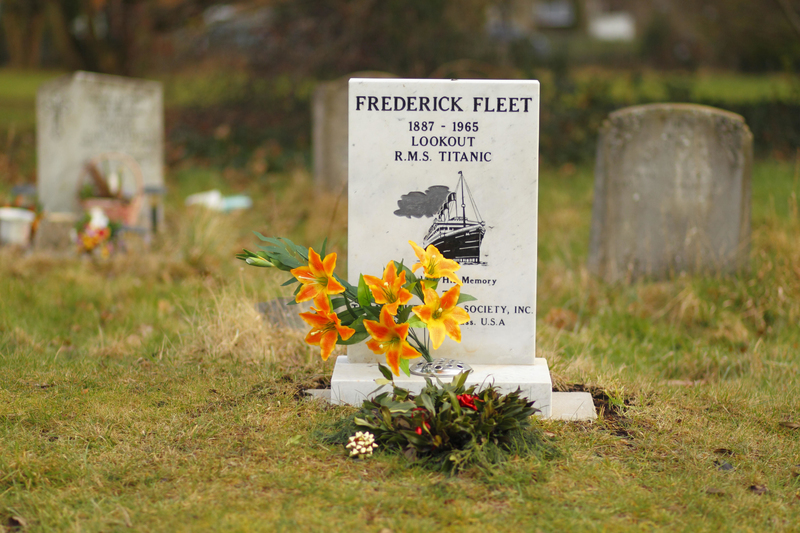
Someone Left a Pair of Binoculars on Frederick Fleet’s Grave: A Late Apology Unearthed
Frederick Fleet, the lookout who first spotted the iceberg, faced a tragic end after the Titanic’s sinking. In 1965, following his wife’s death, he took his own life. On the 100th anniversary of the disaster, a poignant and somewhat eerie gesture occurred at Fleet’s grave.
A prankster left a pair of binoculars with a note that read, “Sorry for bringing these 100 years too late.” Many theories speculate that Fleet might have been able to spot the iceberg in time if he had access to binoculars, as they were locked away during the voyage. This late apology, though unconventional, highlights the enduring impact of the Titanic tragedy on those who were part of its history.

The First Extensive Map of the Entire Wreck Site: Unveiling the Titanic’s Deep Secrets
In 2012, something extraordinary happened in the depths of the ocean. Researchers achieved a remarkable feat by creating the first-ever detailed map of the Titanic wreck site. Picture this: a team of experts mapped out the entire 3-by-5-mile site where the Titanic rests today, using fancy technology like sonar imaging and over 100,000 photos snapped by underwater robots.
The map, like a treasure map of the ocean floor, revealed hundreds of objects and bits from the ship scattered all around. It’s like peering into a time capsule at the bottom of the sea, giving us a closer look at what might have happened that unforgettable night so many years ago.
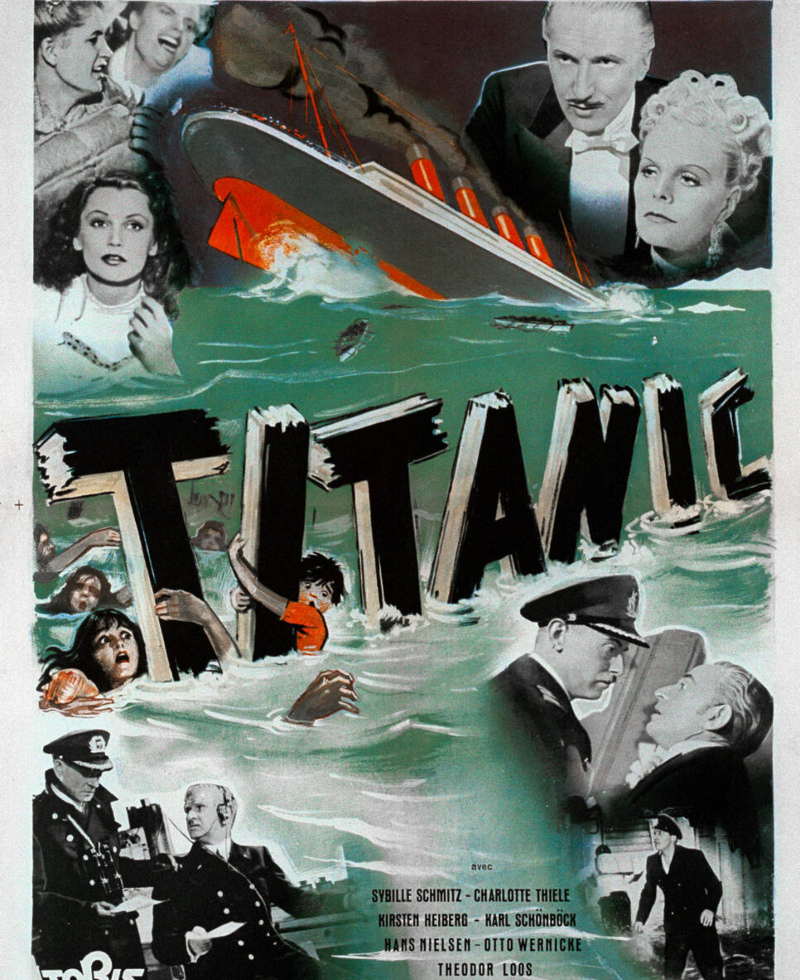
A Propaganda Film on the Titanic: Lights, Camera, Distorted Action
When it comes to Titanic movies, James Cameron’s “Titanic” takes the spotlight, but did you know there’s a German take on it too? Back in the day, the Germans decided to make their version, and surprise, surprise, it was a propaganda film. Yep, propaganda!
In this German perspective, they pointed fingers at the British, blaming them for pushing the Titanic to sail at full speed. And guess what? They even created a fictional German First Officer on board to warn against it. Talk about turning a tragic tale into a twisted tale of blame!
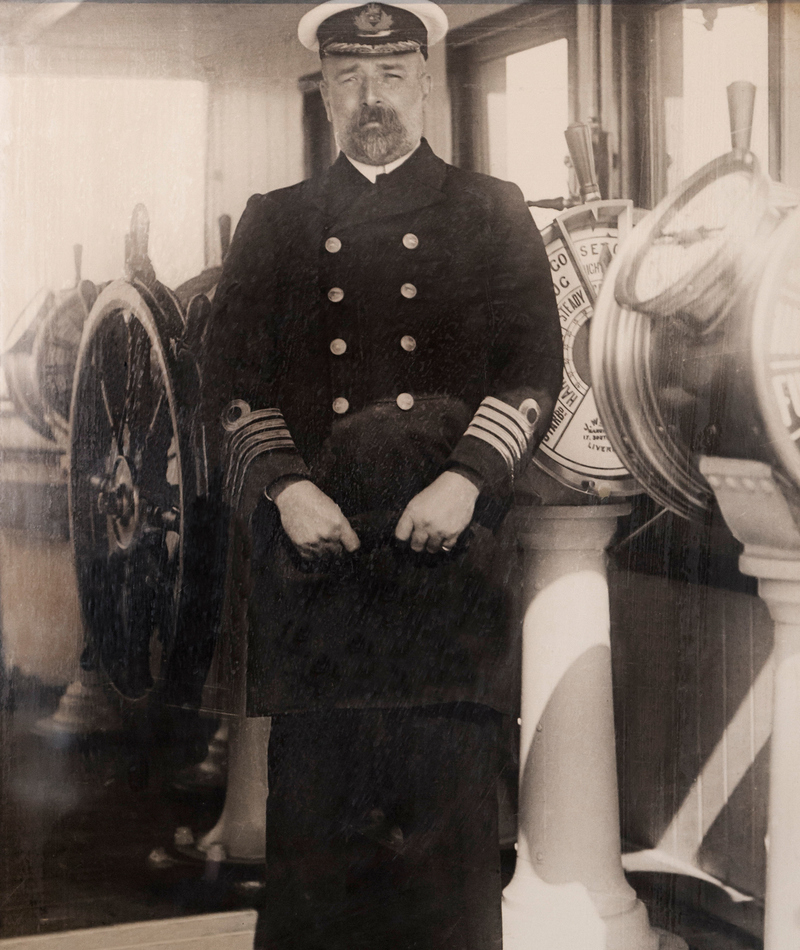
What Happened to Captain Smith?: Unraveling the Mystery of a Captain’s Fate
Now, let’s talk about the captain of the ship, Captain Edward Smith. Sadly, he went down with the Titanic, but the real mystery lies in his final moments. Rumors, rumors everywhere! Some folks say he jumped off, others think he might have shot himself. And here’s a wild one – some conspiracy theorists believe he survived!
People claimed they spotted him after the sinking, but you know how these things go – those sightings have been mostly proven wrong. So, Captain Smith’s final chapter remains a bit of a head-scratcher.
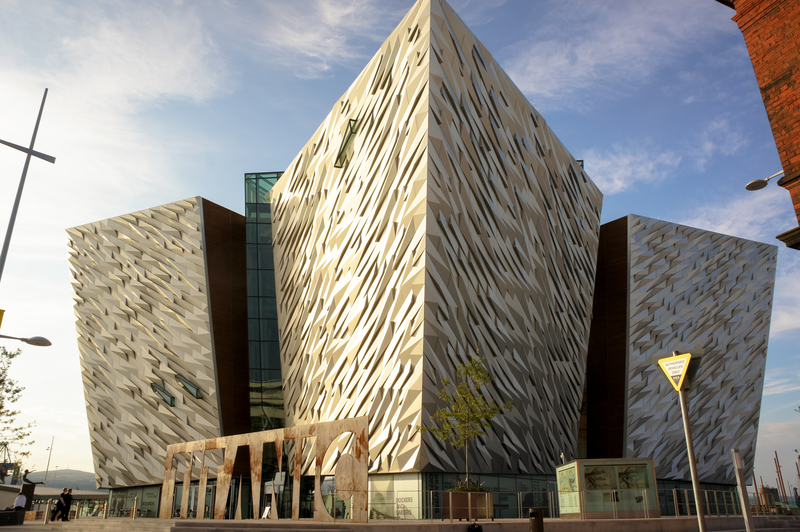
You Can Experience Being Inside the Ship: A Titanic Adventure in Belfast
Ever wondered what it felt like to be inside the Titanic? Well, in Northern Ireland, there’s a place called “Titanic Belfast” that lets you do just that! It’s the grandest Titanic Museum in the world, standing right where the ship was designed and launched.
This six-story wonderland has nine galleries that take you on a journey back in time. And here’s a fun tidbit: the Titanic Belfast can host over 3,500 visitors at once – exactly the same as the Titanic’s capacity! Talk about stepping into history with a crowd.
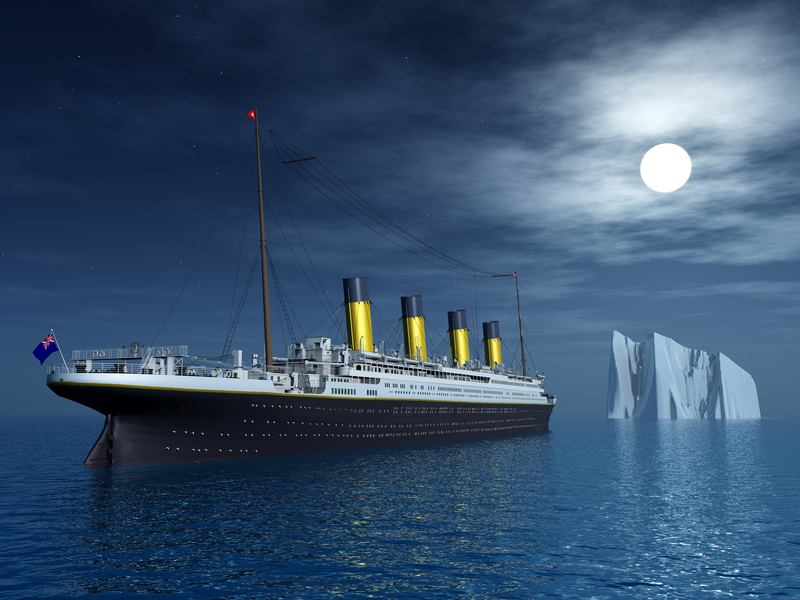
A Full Moon May Have Precipitated Events: The Cosmic Twist in Titanic’s Tale
Let’s talk about a cosmic coincidence. Scientists today think that a full moon might have played a role in the Titanic sinking. Hold on, what? According to National Geographic, the full moon on January 4, 1912, created some extra-strong tides, sending a bunch of icebergs Titanic’s way. Talk about bad luck!
This study even claims it was the closest the moon had been to Earth since the year 796 AD. Imagine the moon influencing one of the most famous shipwrecks in history!
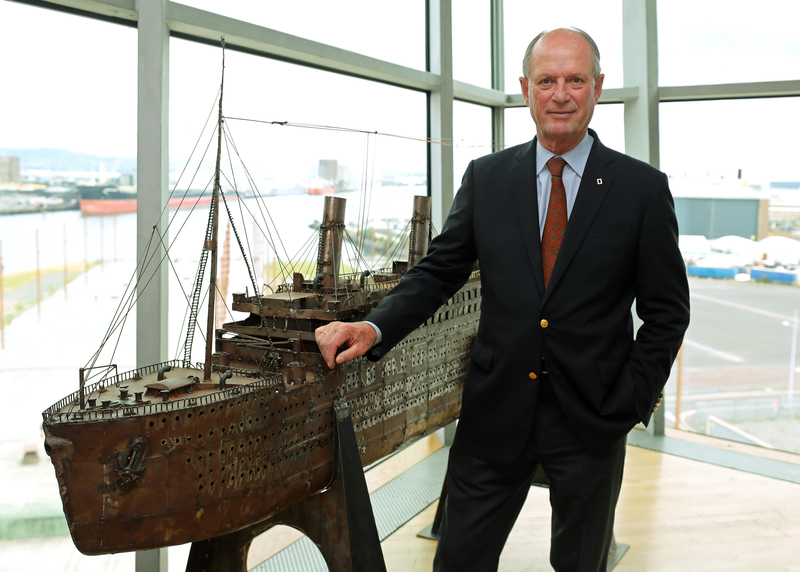
The Wreckage Discovery: Little-Known Truths – A Cold War Connection
Now, here’s a twist you probably didn’t see coming. The discovery of the Titanic wreckage in 1985 was part of a secret mission. Oceanographer Robert Ballard initially sought funding from the US Navy to locate the Titanic, but they had a different plan.
The Navy wanted to use the technology to find sunken submarines, and Ballard agreed, but with a catch. He got permission to search for the Titanic afterward. The catch? They said it was impossible. Surprise, surprise – he did it with only 12 days left on the mission!
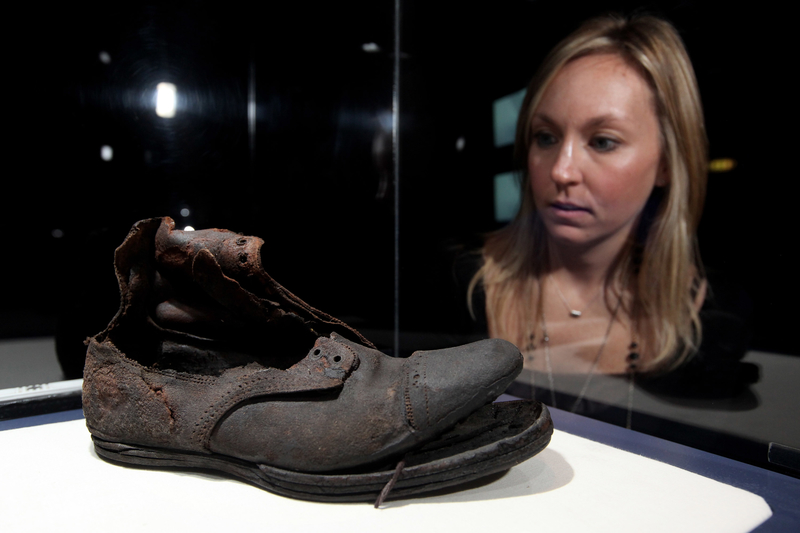
The Submarine Expedition Discovered Perfectly-Preserved Shoes: A Sole Reminder of a Tragic Night
Picture this: over 1500 souls lost in the Titanic wreckage. During a submarine expedition in 1985, something eerie and sad was discovered – perfectly-preserved shoes scattered around. These shoes were like silent witnesses to the tragedy, a haunting reminder of those who couldn’t escape.
Joseph Ballard, part of the expedition, marveled at how the leather stayed perfect, almost resisting time itself. The shoes, though all that remained, told a tale of lives trapped in a moment we can only imagine.
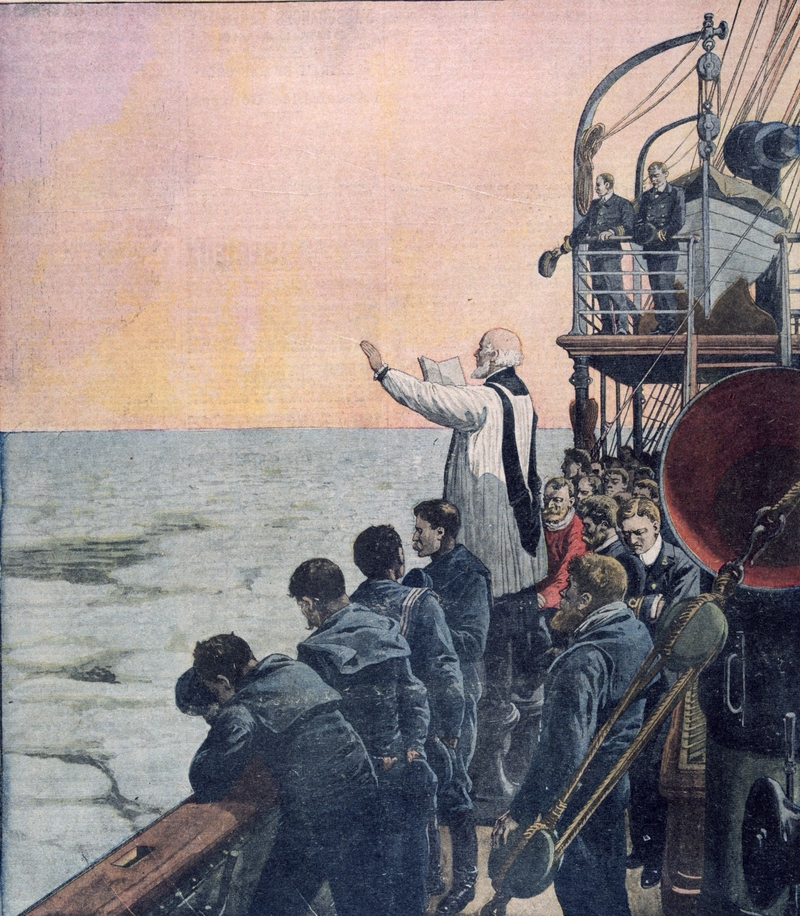
The Priest Who Gave Passengers Solace in Their Final Moments: A Real-Life Hero on the Titanic
Imagine being on a sinking ship, but a brave priest is there to offer comfort. In the real-life Titanic story, there was such a hero named Thomas Roussel David Byles. He was an English Catholic priest traveling on the Titanic to officiate his brother’s wedding. As the ship faced its tragic fate, Byles helped many third-class passengers get to safety, guiding them to lifeboats on the boat deck.
Even though he had the chance to save himself, Byles refused a spot on a lifeboat not once but twice. Instead, he recited prayers, including the Rosary, and listened to confessions, providing solace to those on board. Byles’s selfless acts during those final moments showcase the extraordinary heroism that emerged in the face of disaster.
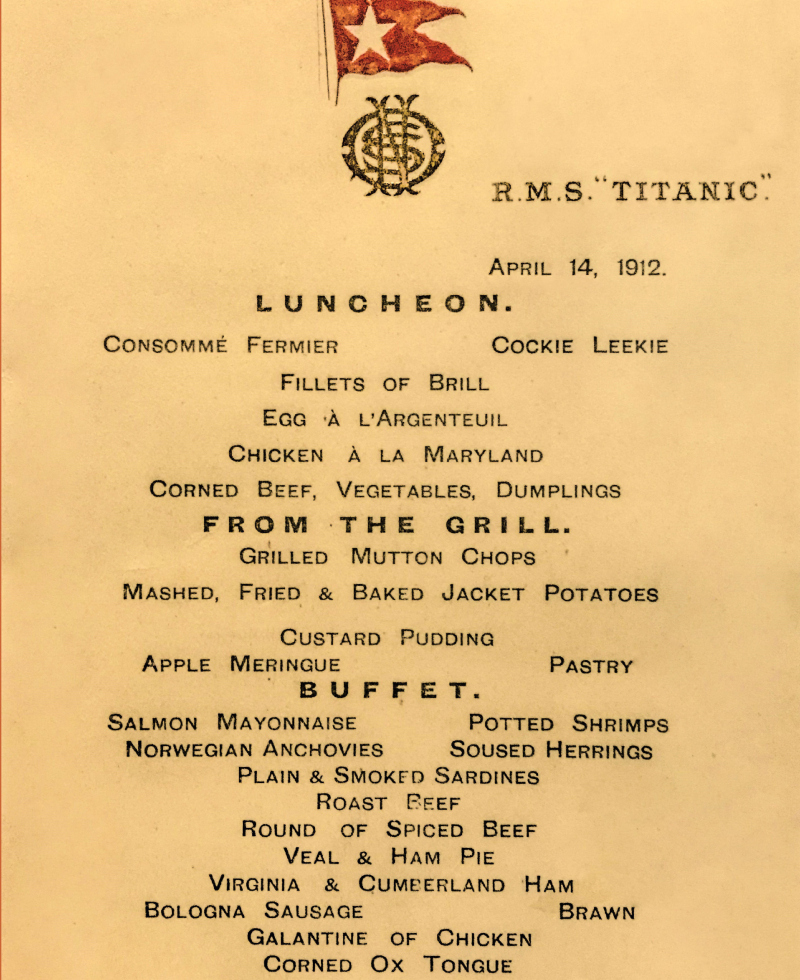
The Titanic’s Lunch Menu Went for Big Bucks: A Pricey Meal from the Past
Did you know that even a menu from the Titanic could fetch a small fortune? The ship’s final lunch menu, auctioned off in 2015, stunned everyone by raking in a whopping $88,000. The anticipation around the auction was high, but the final amount took everyone by surprise.
The meal served on that historic day was quite the feast, featuring delights like smoked sardines and grilled mutton chops. The high price tag reflects the fascination people have with tangible pieces of history, even if it’s just a menu. It’s a glimpse into the extravagant world of dining on the Titanic, adding a touch of luxury to the tragic tale.
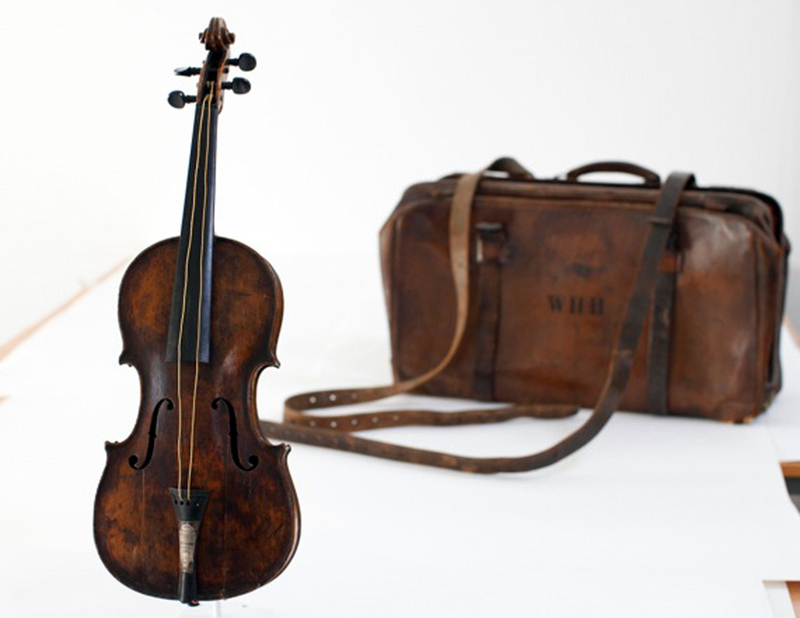
A Violin Outlived Its Player: The Melancholic Symphony of Wallace Hartley
Picture this: a musician playing his violin on the sinking Titanic to calm anxious passengers. Wallace Hartley, the bandleader, did just that with his eight-piece band. Sadly, he didn’t survive, but his violin did. Two weeks later, Hartley was found with his music case still strapped to him, protecting the instrument from the freezing sea.
In a touching turn of events, Hartley’s fiancée gifted the violin to a Salvation Army music teacher. Eventually, it went up for auction, fetching a staggering $1.7 million. The enduring legacy of Hartley’s violin tells a poignant story of music amidst tragedy, reminding us of the power of art even in the darkest moments.
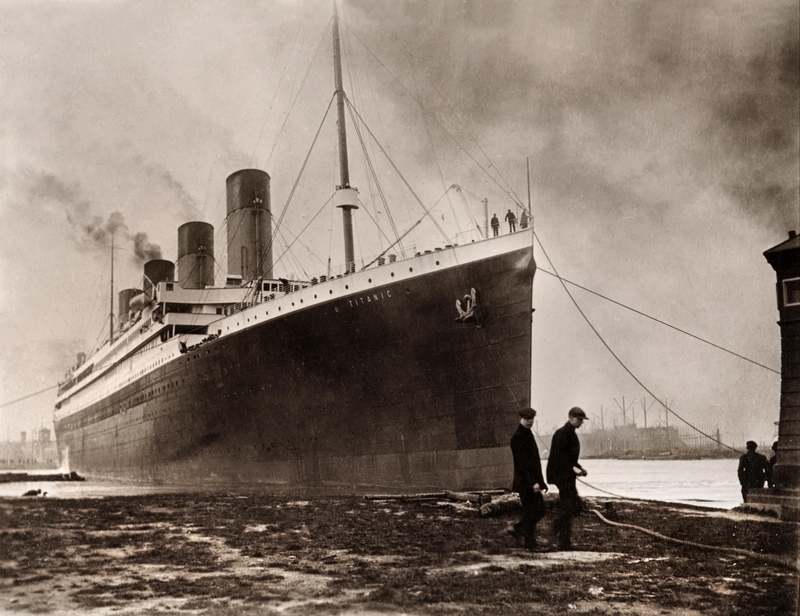
The Ship Had Caught Fire Weeks Before Her Maiden Voyage: The Titanic’s Hidden Blaze
Here’s a twist in the Titanic tale that many didn’t know. Weeks before setting sail on its maiden voyage, the Titanic faced a fierce enemy – fire. New research suggests that a fire broke out on the ship, damaging it significantly. Shockingly, the company behind the Titanic tried hard to keep this incident under wraps.
The fire allegedly burned for almost three weeks before the ship left port. Passengers, however, were kept in the dark about the previous damage. This revelation adds a new layer to the Titanic’s story, raising questions about the role this hidden fire might have played in the tragic events that followed.
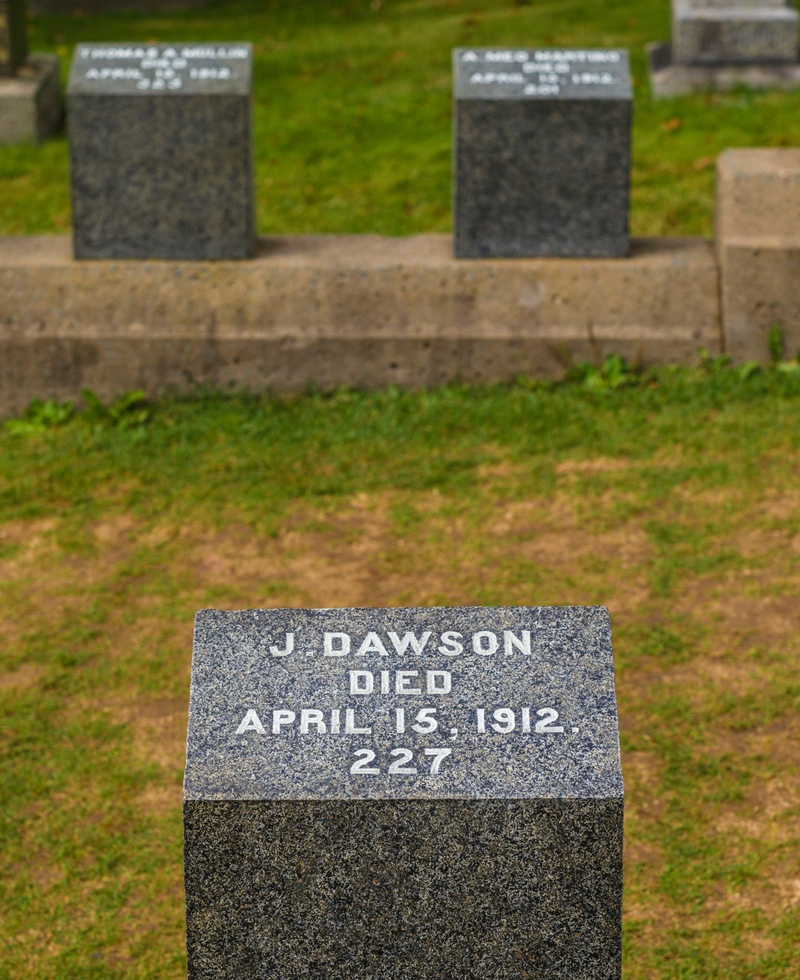
There Was A J. Dawson on the Titanic: Real-Life Coincidence or Eerie Connection?
Believe it or not, the Titanic had its own J. Dawson, just like Jack Dawson in James Cameron’s movie. While Jack was a fictional character, the real J. Dawson was on board the RMS Titanic. The similarity in names is purely coincidental and somewhat eerie, given the later discovery by Cameron.
Since this revelation, tourists have flocked to visit J. Dawson’s gravesite in Fairview Cemetery, Nova Scotia. It’s a curious and somewhat spooky coincidence that blurs the lines between fiction and reality, leaving Titanic enthusiasts with a sense of wonder and fascination.
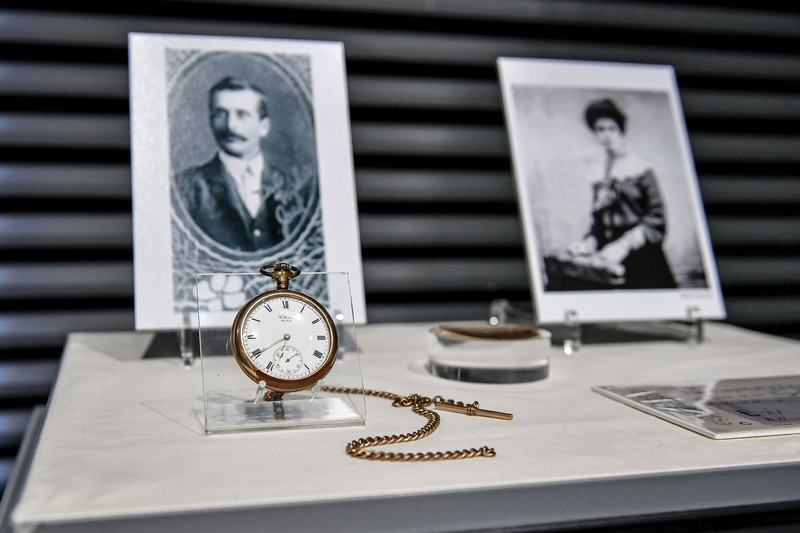
Together Till the End: A Tragic Love Story on the Titanic
Amidst the chaos of the sinking Titanic, there was a heartbreaking love story involving Mr. John Chapman and his new bride, Lizzie. The couple, on their honeymoon, faced the unthinkable. Lizzie, assigned to Lifeboat 4, learned that her husband couldn’t join her. Undeterred, she refused to leave without him, exiting the lifeboat.
Ultimately, the couple met a tragic end in the cold Atlantic, with Mr. Chapman’s pocket watch freezing at 1:45 a.m., marking the exact moment they went under. Rescuers recovered his watch alongside his body, but Lizzie’s body was never found. Their story reflects the profound sacrifice and love that unfolded on that fateful night.

Private Cabins in Third Class: A Touch of Privacy Amidst the Voyage
While third-class passengers on the Titanic weren’t living in opulence, the ship’s designers tried to make their accommodations better. Instead of open dormitory-style rooms, passengers had individual closed cabins, providing a touch of privacy. Though still shared with strangers, these cabins presented a more comfortable setting compared to the norm of the time.
On its maiden voyage, the Titanic carried 1,000 passengers in third class. The decision to offer closed cabins aimed to change perceptions about third-class travel, making it a more appealing option for those seeking a bit of personal space during the journey.
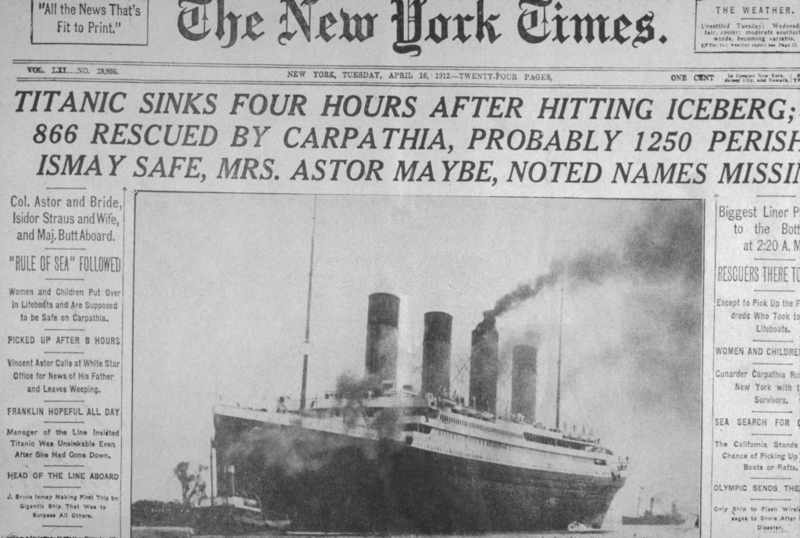
Major Newspapers Mistakenly Reported the Titanic Disaster: Headlines Gone Wrong
In the rush to report one of the biggest disasters in history, major newspapers like The World, The Daily Mail, and the Belfast Telegraph made a colossal mistake. They mistakenly reported there were no fatalities, giving false hope to the families of passengers. This misinformation was a result of the intense race to publish headlines.
American newspapers, leveraging the time difference, managed to gather more accurate information. The New York Times, for instance, published a headline that correctly stated the sinking and the number of rescued and perished individuals. The media frenzy around the Titanic disaster showcased the challenges of reporting in the midst of chaos.
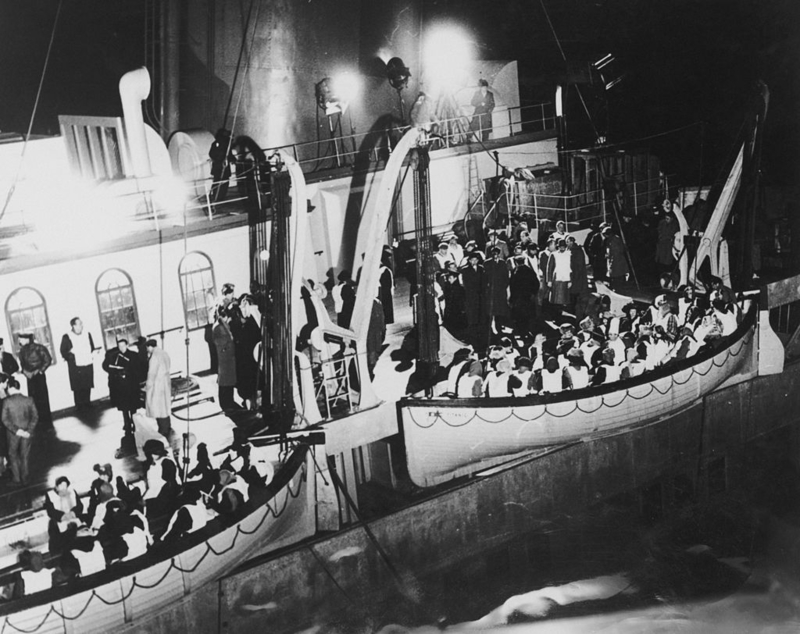
Men Disguised as Women to Get on a Lifeboat: Desperation and Rumors
Desperation led to whispers of men disguising themselves as women to secure a spot on a lifeboat during the Titanic disaster. Names like Dickinson Bishop, J. Bruce Ismay, William Carter, and William T. Sloper were linked to these rumors, affecting their lives afterward. Dickinson Bishop, for example, faced divorce, partly attributed to these speculations.
Despite the rumors, Bishop argued there was no official order restricting men from boarding lifeboats. The tales of disguise underscore the desperation and confusion that gripped the Titanic that night, leaving lasting impacts on those involved.
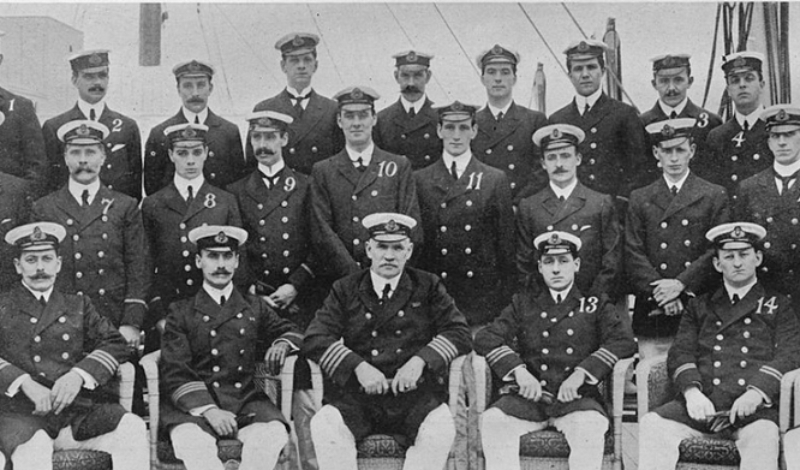
Not a Single Engineer Survived: Unsung Heroes of the Titanic Tragedy
Amidst the tragedy, the heroic efforts of the Titanic’s engineers often go overlooked. Not a single one of the 25 engineers on the ship survived that night. Until the very last moments, they remained behind, ensuring the electricity and pumps continued to function as the ship sank.
The engineers kept the ship’s lights on until its final descent and maintained the radio, sending distress signals until seconds before disappearing into the water. Their sacrifice highlights the unsung heroes who played a crucial role in the face of imminent disaster.
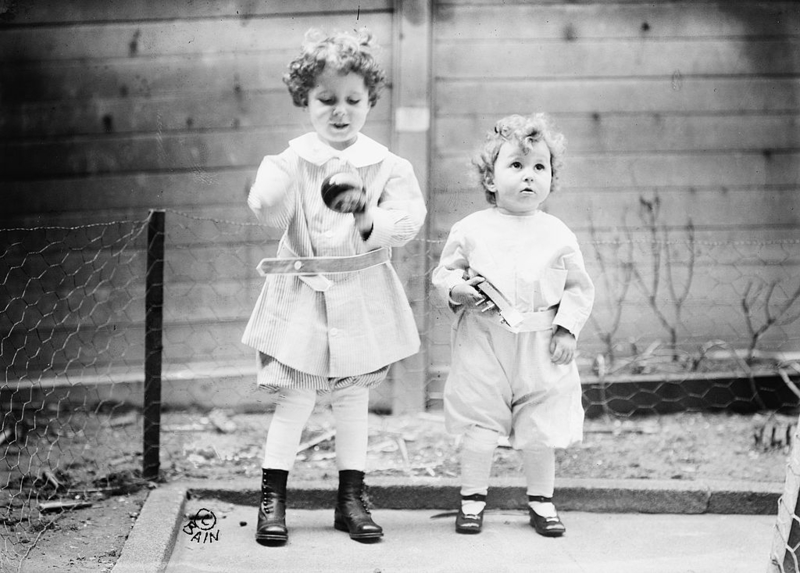
The Mysterious Story of the “Titanic Orphans”: Lost and Found in the Headlines
Edmond and Michel Navratil, known as the “Titanic orphans,” became a media sensation after the sinking. Kidnapped by their father, Michel Sr., to start a new life in America, the brothers found themselves alone after their father vanished. A French-speaking survivor named Margaret Hays took them in temporarily, and their faces on the news eventually led to their mother finding them a month later.
This heartbreaking tale of separation, rescue, and reunion showcases the human side of the Titanic tragedy, revealing the impact on families torn apart by the disaster.
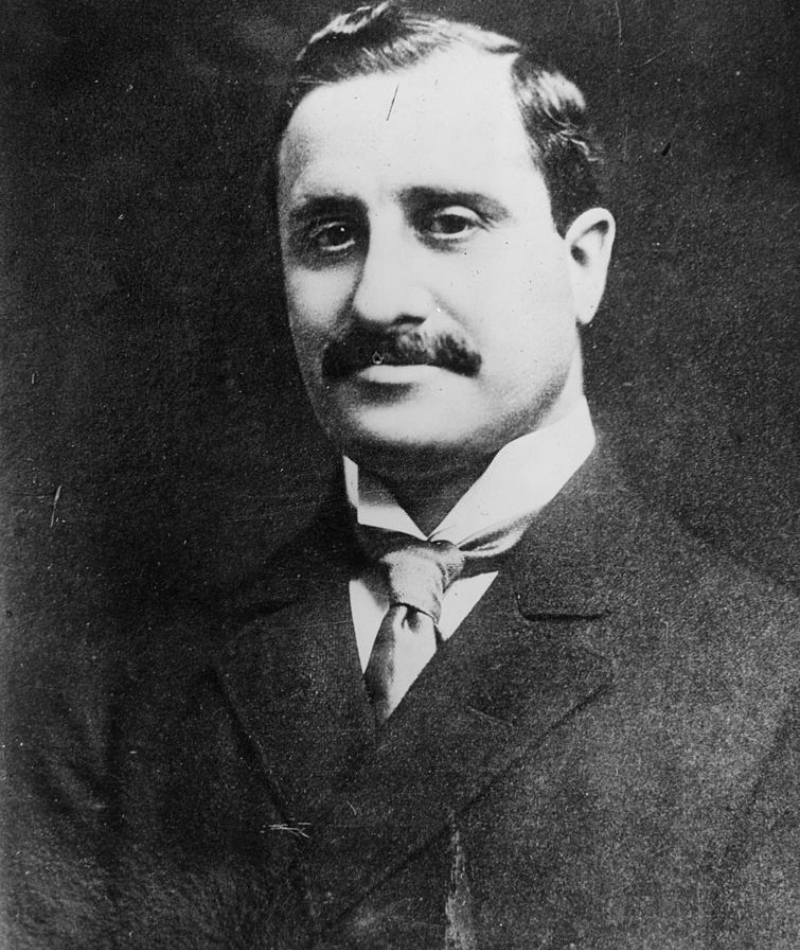
The Famous 1997 Film Quote That Was Actually Said in Real Life: Cinematic Echoes of Reality
James Cameron’s “Titanic” featured a memorable quote by Benjamin Guggenheim, an actual passenger. During the sinking, Guggenheim refused a life vest, stating, “We are dressed in our best and are prepared to go down as gentlemen.” This wasn’t just fiction; Guggenheim uttered these words in real life.
A New York Times article in April 1912 confirmed Guggenheim’s message to a steward, expressing his efforts in doing his duty. This instance shows how reality can weave its way into cinematic history, creating a connection between the film and the true events of the Titanic disaster.
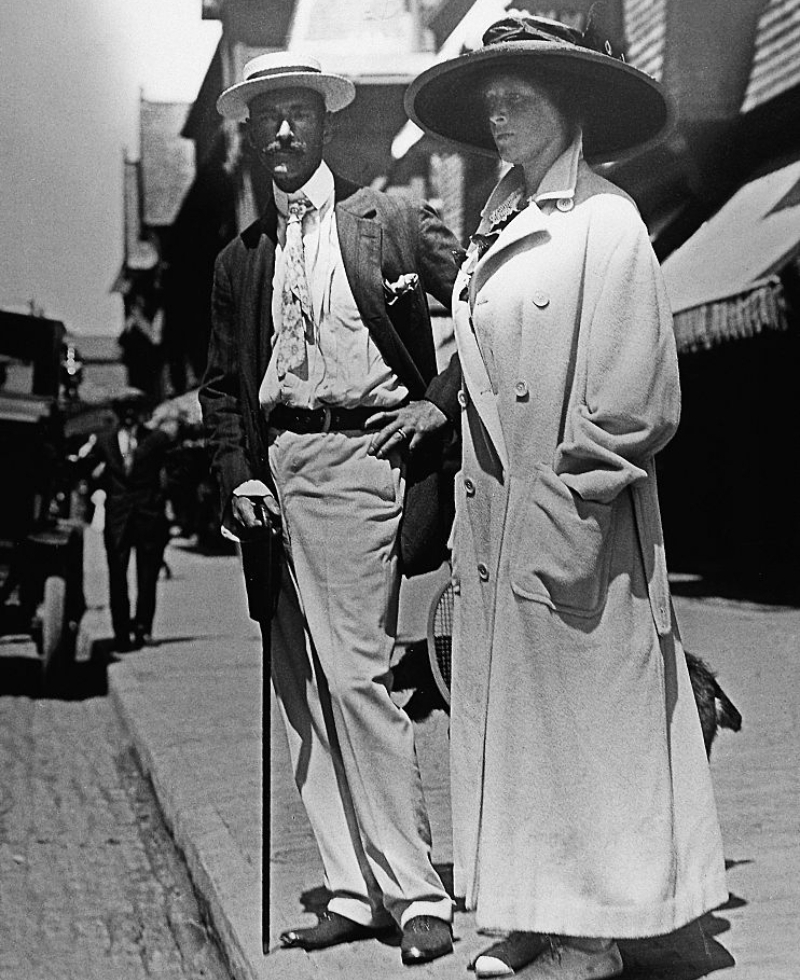
More than 13 Couples Were on Their Honeymoon: Love Aboard the Titanic
The Titanic, hailed as a marvel of luxury, attracted more than just regular passengers. According to the book “Titanic Love Stories,” at least 13 couples chose the ship for their honeymoon. Among them, wealthy American businessman John Jacob Astor IV and his wife Madeleine stood out.
This insight sheds light on the diverse reasons people boarded the Titanic, showcasing that, beyond its technological marvel, it was a vessel for celebrating love and new beginnings.
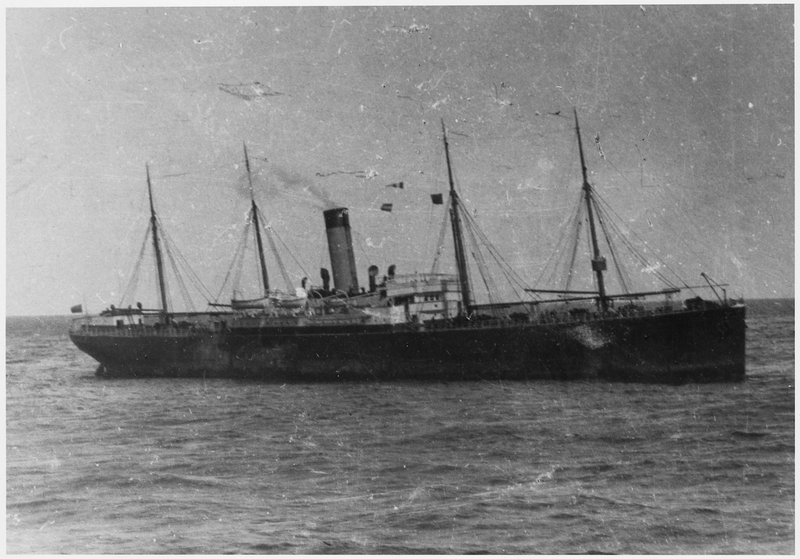
The SS Californian Didn’t Come to the Titanic’s Aid: Missed Opportunities and Tragic Irony
The SS Californian, near the Titanic the night of the crash, is infamous for failing to render aid. Misunderstandings and a radio that was reportedly shut off contributed to the Californian not coming to the Titanic’s aid. The crew mistook emergency flares for fireworks, and by the time they realized the severity, it was too late.
Ironically, three years later, the SS Californian sank after being torpedoed by a German submarine in WWI. This tragic twist of fate adds an ironic layer to the story of a ship that could have made a difference on that fateful night.
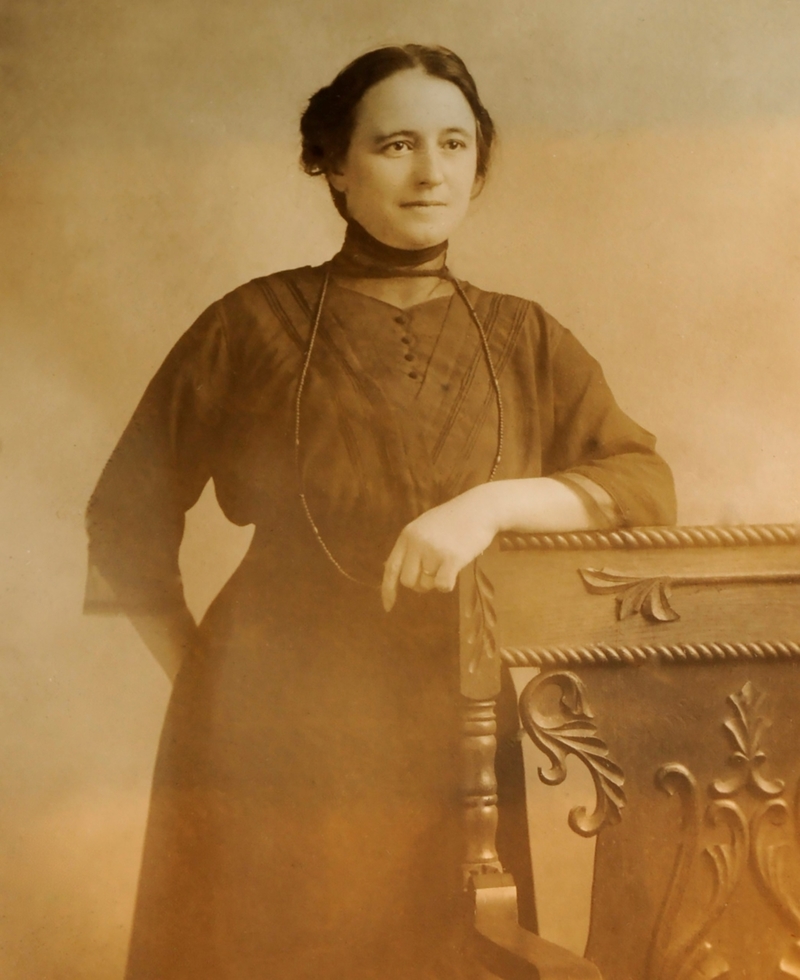
The Woman that Sank With the Ship and Survived: Rhoda Mary Abbott’s Unbelievable Tale
In the midst of the Titanic tragedy, one survivor, Rhoda Mary Abbott, had an incredible story. As a third-class passenger, she went down with the sinking ship yet miraculously survived. Positioned on the stern during the sinking, she was swept away by ocean currents, avoiding the vacuum created by the ship’s descent.
Rhoda resurfaced, swam to a nearby lifeboat, and lived to tell the tale. Sadly, her two young sons, who were right beside her during the ship’s demise, did not share the same fate. The details of Rhoda’s survival underscore the unpredictable twists that unfolded on that fateful night.
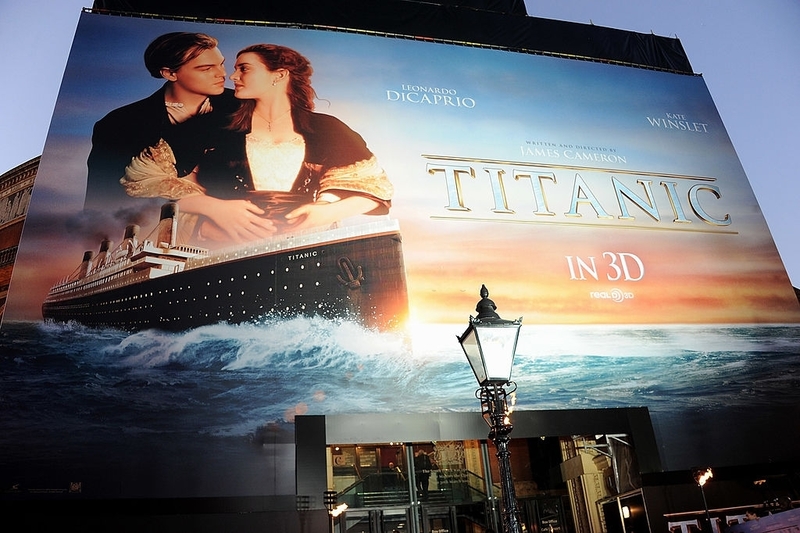
The Film Cost More to Produce Than the Ship Did to Build: An Astounding Fact about Titanic’s Legacy
An intriguing piece of trivia about the Titanic involves the cost of the 1997 film “Titanic” compared to the actual construction of the ship. Even when adjusted for inflation, the film’s production expense surpassed the original cost of building the RMS Titanic.
In 1912, the Titanic’s construction amounted to approximately $7.5 million, equivalent to roughly $190 million today. In contrast, the film’s production cost reached $200 million in 1997, equating to around $360 million in today’s currency. This surprising fact highlights the cinematic endeavor’s grand scale and financial magnitude.
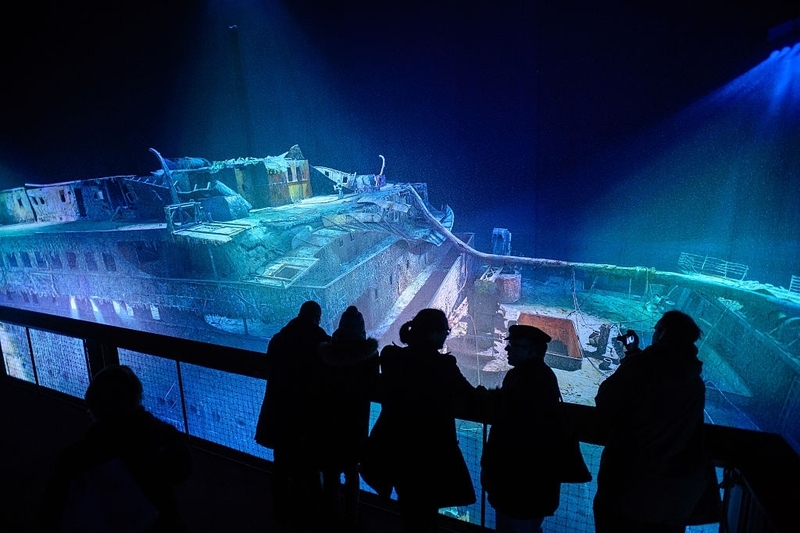
Titanic’s Remains Could Completely Disappear by 2030: A Race Against Time for the Shipwreck
Discovered in 1985, the Titanic’s wreckage, situated near Newfoundland, was exceptionally well-preserved due to its depth—3,800 meters below the surface. However, the ship’s remains face a dire fate. By 2030, scientists predict the complete erosion of the Titanic due to ocean bacteria consuming the wreckage.
Despite lying in the Atlantic for over a century by 2019, the accelerated decay raises concerns about preserving this historical artifact. The impending disappearance adds a sense of urgency to ongoing efforts to document and study the Titanic’s remnants before they vanish.
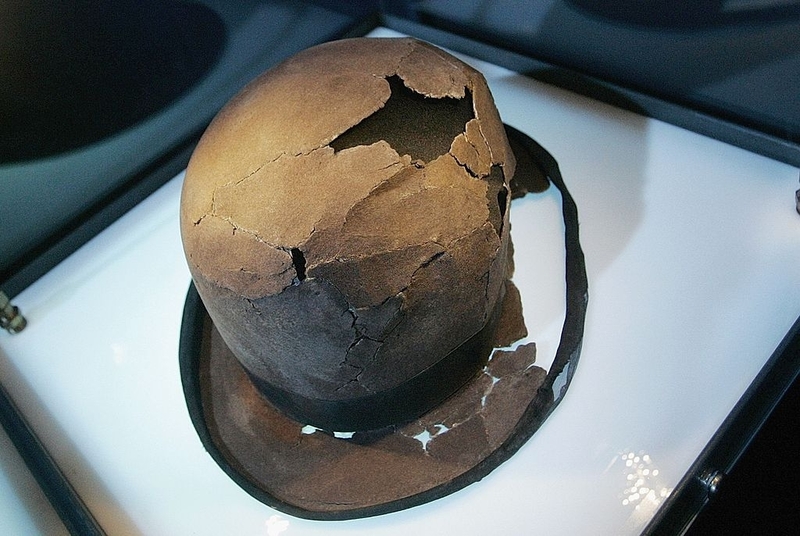
A Bowler Hat That Was Right Where They Left It: Henry Harper’s Timeless Possession
In 2012, during James Cameron’s exploration of the Titanic’s wreckage, a poignant discovery unfolded—a bowler hat belonging to Henry Harper. Located in Harper’s D Deck cabin, inside the ruins of his closet, the hat appeared untouched by time, as if frozen in its original position.
Henry Harper, an American businessman and Titanic survivor, left behind this symbolic artifact. The hat’s preservation provides a tangible link to a specific passenger’s life and the historical moments captured in the silent depths of the ocean.
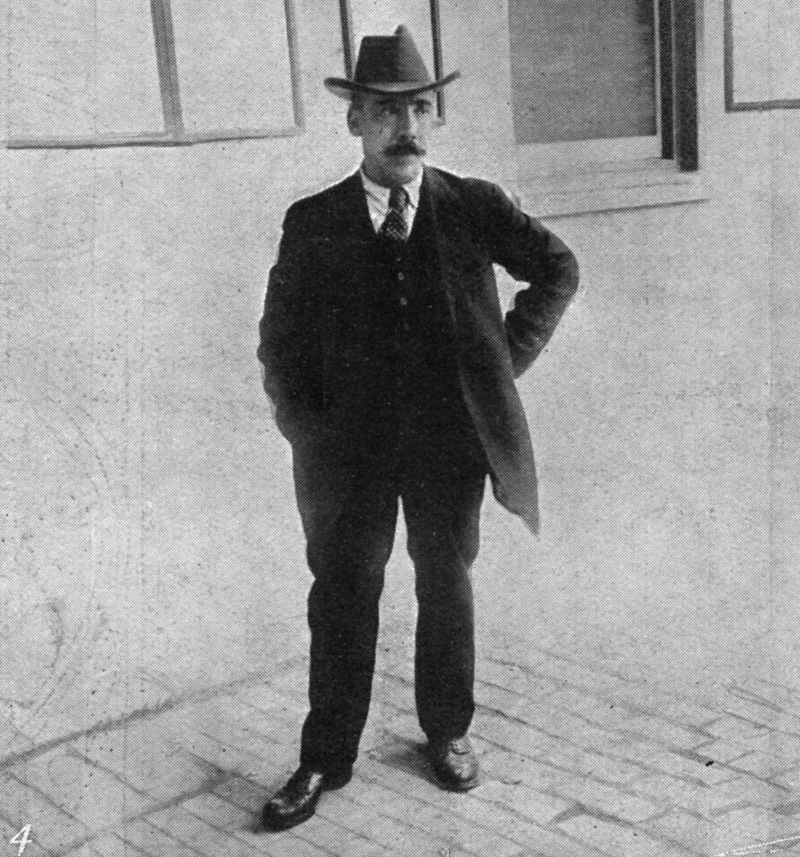
Charles Joughin Owes His Life to Two Bottles of Whiskey: A Remarkable Tale of Survival
A memorable scene in the film “Titanic” depicts a man consuming alcohol before facing the frigid waters. This character, based on Charles Joughin, a Titanic cook, turned out to be a real-life hero. Joughin, grabbing two bottles of whiskey as the ship sank, credited his survival to the copious alcohol in his system.
Despite most succumbing to hypothermia within 15 minutes, Joughin endured for at least two hours in the Northern Atlantic. His ability to wait for the next lifeboat turned him into one of the remarkable survivors of the Titanic’s tragic night.
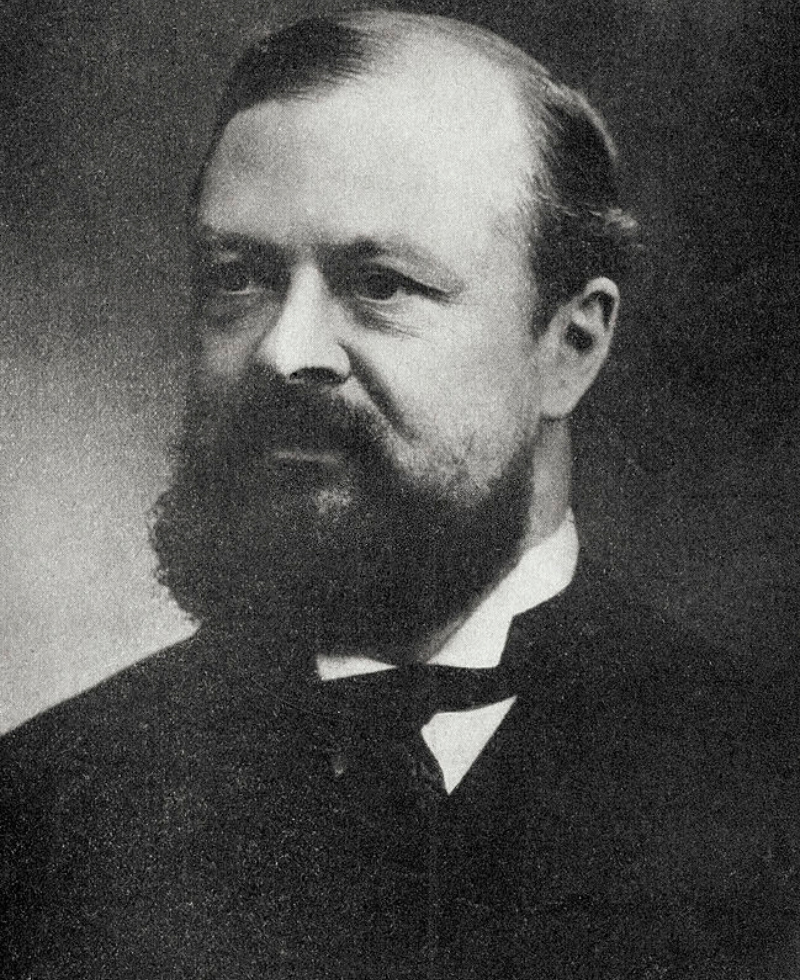
The One Man That Predicted the Crash: Charles Melville Hays’ Forewarning
In 1912, the Titanic was deemed unsinkable, but one passenger, Charles Melville Hays, held a different perspective. As the president of the Grand Trunk and Grand Trunk Pacific Railway Companies, Hays foresaw an “appalling disaster.”
Knowledgeable about transportation technologies, Hays raised concerns about the safety of building larger and faster ships. Unfortunately, his prediction proved tragically accurate, as Hays became one of the victims of the Titanic disaster, highlighting the somber irony of his foresight.
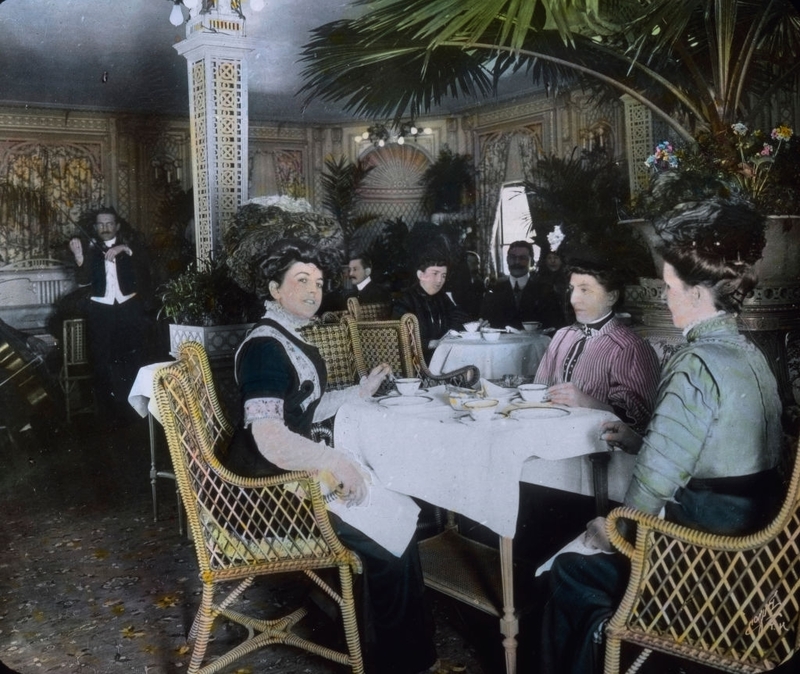
Out of the 1,500 People That Died, Only Four Were First-Class Women: Class Disparities in Survival
Among the more than 1,500 casualties on the Titanic, a stark contrast emerges when examining first-class women. Remarkably, only four of them perished that night, a surprisingly low number compared to the 89 women from third class and 387 men who lost their lives.
The class divide played a role in survival; first-class passengers, located on the top decks, had closer and direct access to lifeboats. The prioritization of women and children during the evacuation further contributed to the significantly lower death toll among first-class women.
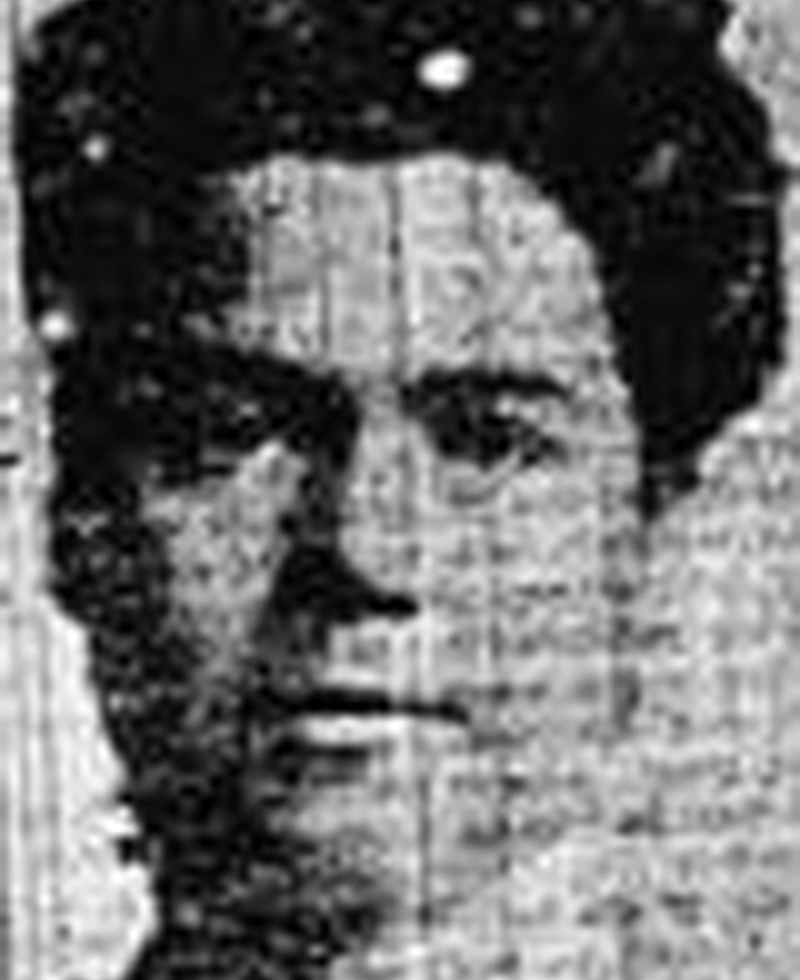
The Woman That Refused to Leave Her Dog Behind: Ann Elizabeth Isham’s Heartbreaking Choice
Among the four first-class women who survived, Ann Elizabeth Isham’s story stands out for a heartbreaking reason. Isham’s refusal to abandon her Great Dane led to her tragic demise. Boarding a lifeboat, she realized pets weren’t allowed and promptly jumped out, choosing to stay with her dog.
During the subsequent search for survivors, an unidentified woman holding a large dog was found, sparking speculation that it might be Ann Isham. While never officially confirmed, the tale reflects the emotional decisions faced by passengers during the Titanic’s sinking.
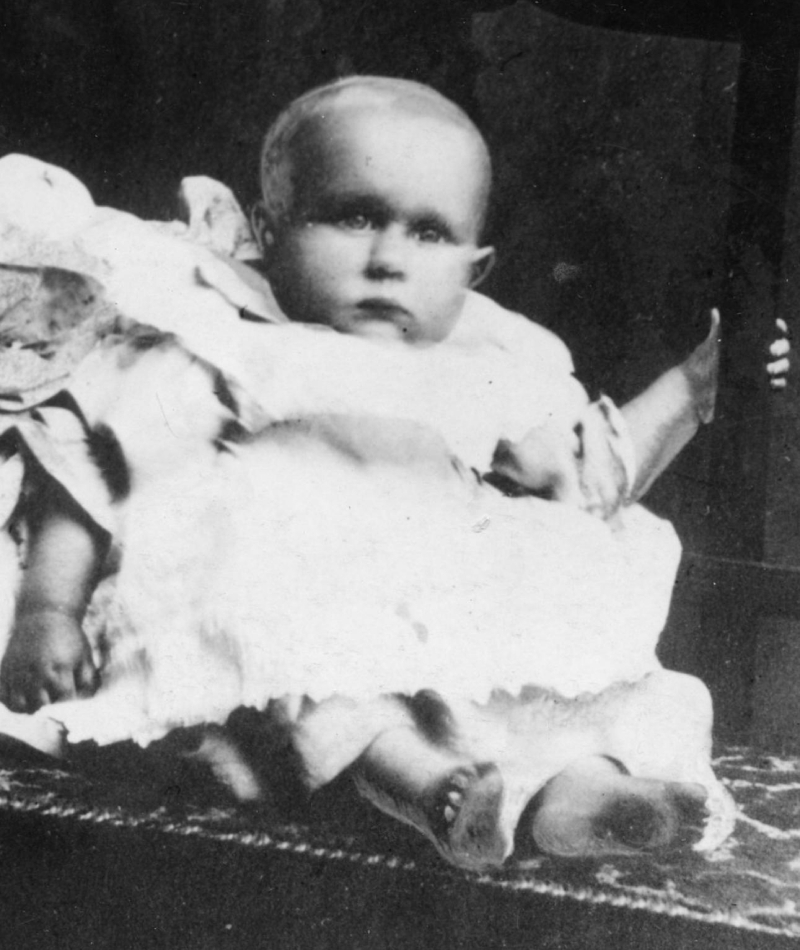
The 100-year Old Mystery of the “Unknown Child”: Sidney Goodwin’s Unveiled Identity
Among the tragic events of the Titanic, a mystery lingered for nearly a century surrounding the “unknown child.” Recovered five days after the ship sank, the little boy’s identity remained elusive despite three mistaken identifications. Only through DNA testing on his donated shoes was the boy identified as Sidney Goodwin.
Even with the revelation, Goodwin’s family chose to honor all unidentified children by maintaining his headstone as “unknown child.” This poignant decision pays tribute to the countless children who never received recognition or closure, encapsulating the enduring mystery of the Titanic’s youngest victims.
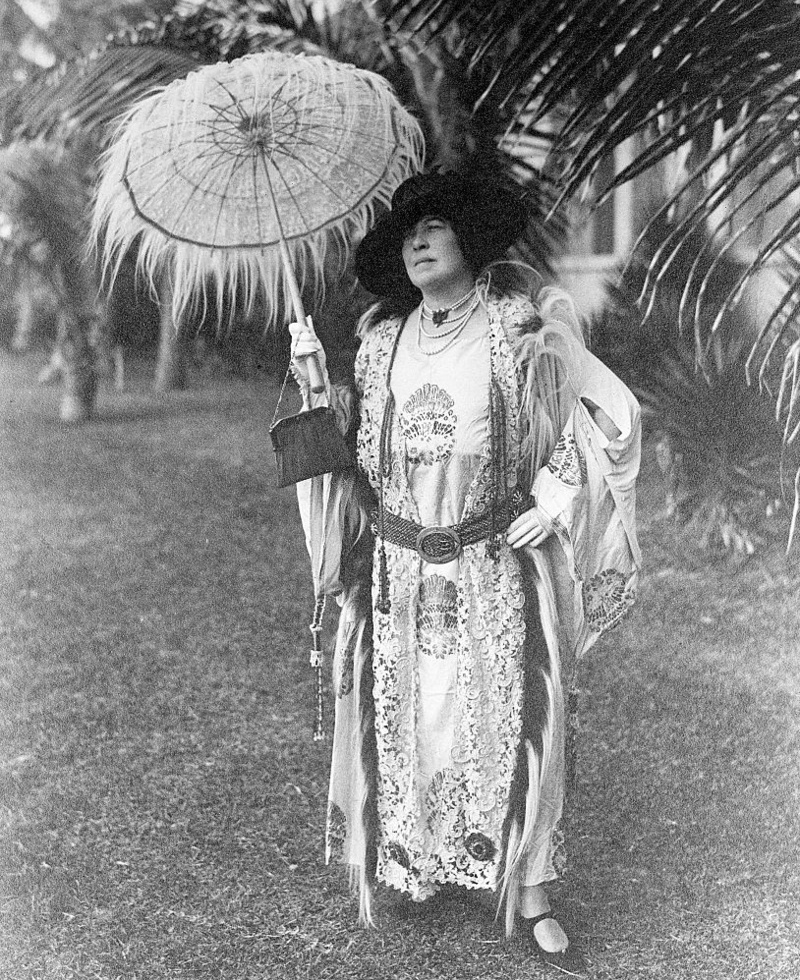
The “Unsinkable” Molly Brown: Margaret Tobin’s Indomitable Spirit
Margaret Tobin, famously known as Molly Brown, emerged as one of the Titanic’s resilient survivors. Earning the moniker “unsinkable,” Brown transcended the tragedy, dedicating her life to philanthropy and activism. An outspoken supporter of suffrage and a significant contributor to the Red Cross during WWI, Brown’s impact extended far beyond the Titanic.
Her vibrant character found a place in popular culture, portrayed by Kathy Bates in James Cameron’s “Titanic.” Molly Brown’s legacy exemplifies the strength and resilience of those who survived the ship’s sinking.
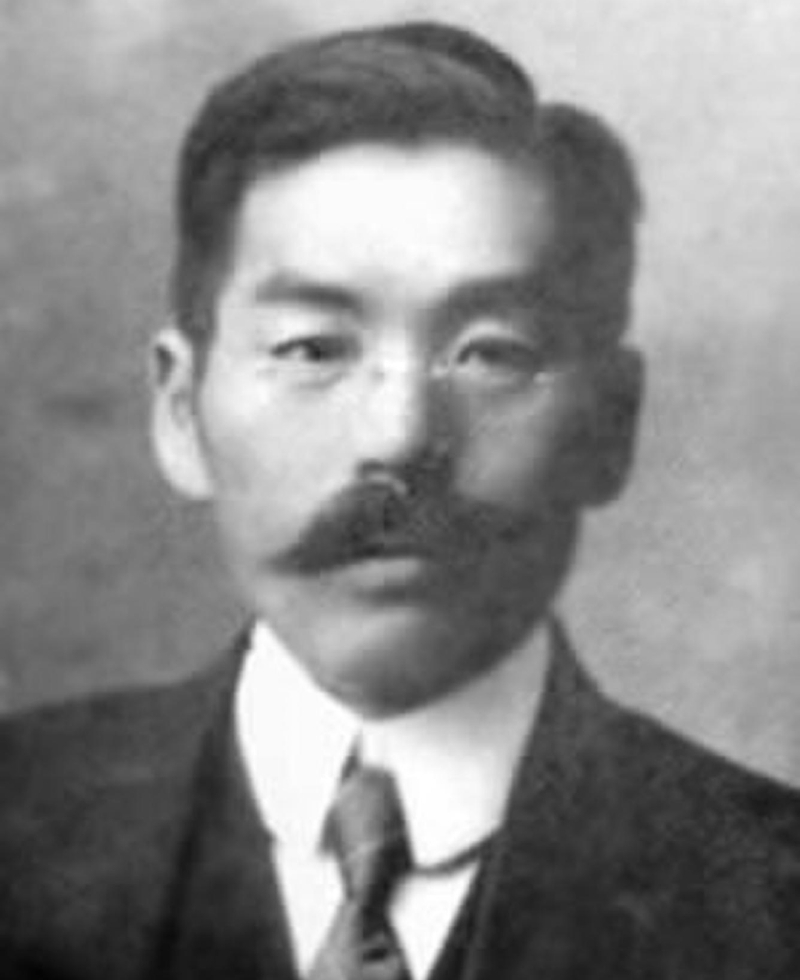
The “Lucky Japanese Boy”: Masabumi Hosono’s Controversial Survival
Masabumi Hosono, the sole Japanese survivor among nearly 700, faced controversy and accusations of cowardice. Dubbed the “Lucky Japanese Boy,” rumors circulated that he dressed as a woman to secure a place on a lifeboat. Despite lacking evidence, Hosono experienced severe ostracization in Japan, deemed dishonorable by his compatriots.
In response, Hosono’s family released a letter, revealing his readiness to go down with the ship until a last-minute opportunity arose. The complexities surrounding Hosono’s survival shed light on the challenges faced by a diverse range of Titanic survivors.
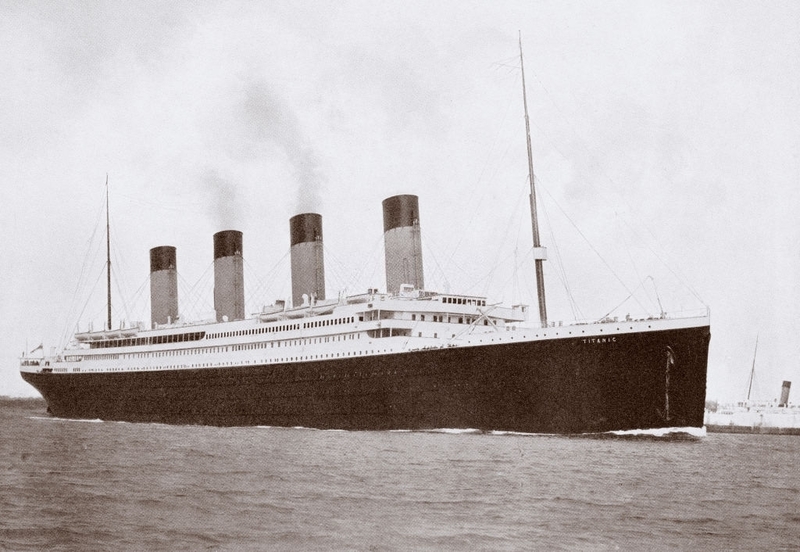
The Famous Smokestacks: Aesthetic Elegance Among Utility
Iconic images of the Titanic often feature its four majestic smokestacks. However, a surprising revelation unveils that only three served the practical purpose of venting smoke from the furnaces. The fourth smokestack existed solely for aesthetic appeal, adding a touch of grandeur to the ship’s design.
This subtle detail offers a glimpse into the meticulous planning and aesthetic considerations that went into crafting the Titanic’s distinctive appearance.
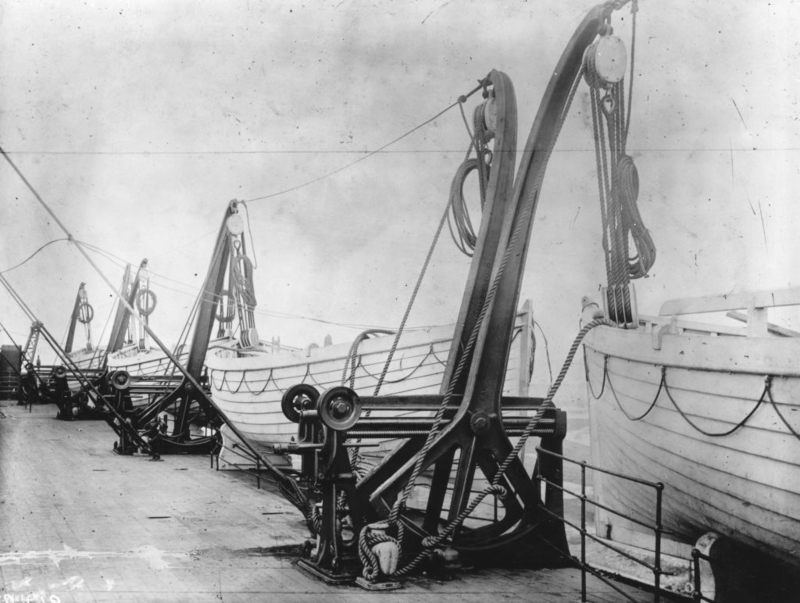
The Lifeboat Drill That Never Happened: Unanswered Questions Surrounding Preparedness
Amidst survivor testimonies, an intriguing detail emerges about the absence of a lifeboat drill on the last Sunday before the Titanic’s sinking. On April 14th, 1912, passengers expected routine safety drills, yet none occurred. The reasons behind this omission remain unclear, leaving a lingering mystery.
While a drill might not have altered the tragic outcome, the absence raises questions about the ship’s preparedness and the potential impact of additional safety measures.

The Titanic Studios: Transformation from Shipyard to Cinematic Hub
The very hangar where the Titanic was constructed in 1911, known as “Paint Hall,” underwent a remarkable transformation into Titanic Studios in Northern Ireland. This historic site, synonymous with shipbuilding, became a prominent location for filming various movies and TV shows, including the 2007 film “City of Ember” and the acclaimed series “Game of Thrones.”
The evolution from shipyard to cinematic hub demonstrates the adaptive reuse of historical spaces, intertwining the legacy of the Titanic with the modern world of entertainment.
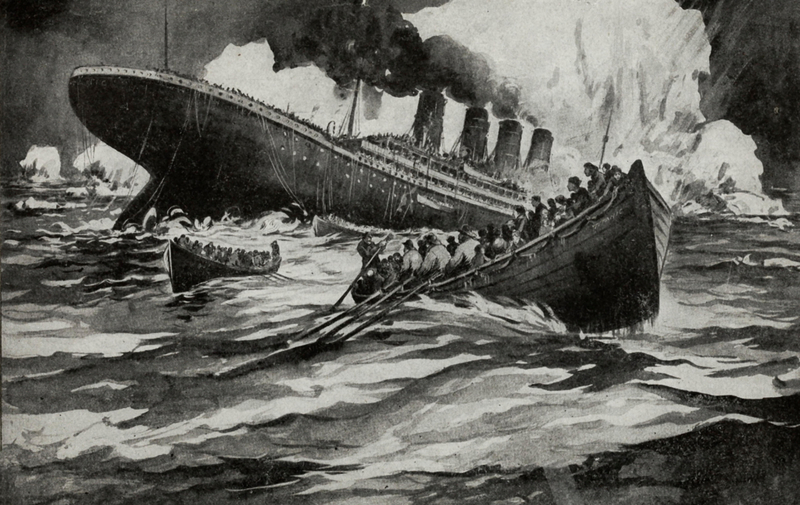
Cold Shoulder: Frigid Waters and Limited Survival Time
As the Titanic plunged into the icy waters of the Atlantic, the temperature dropped to an almost freezing 27 degrees Fahrenheit. The unfortunate passengers and crew who found themselves in these frigid waters faced a daunting reality — survival for longer than 15 minutes was doubtful.
The bone-chilling temperature added an additional layer of peril to an already tragic and catastrophic event, underscoring the harsh conditions faced by those on board.
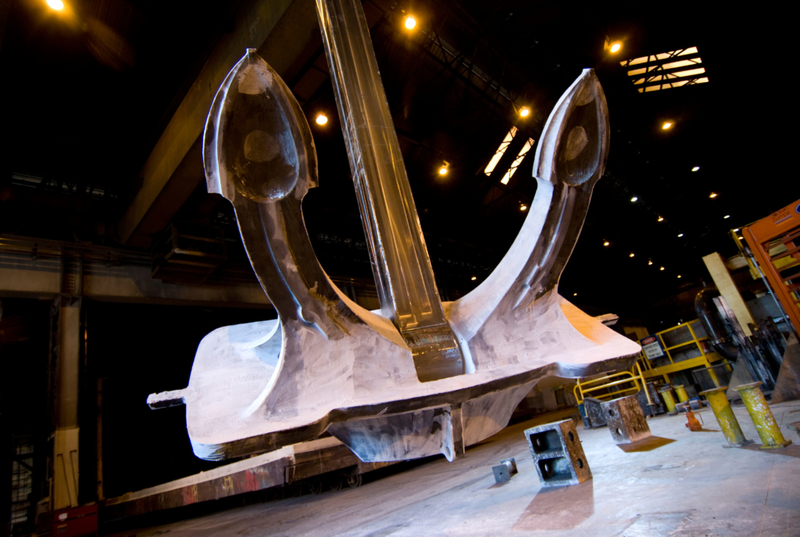
Horse Power: Equine Assistance for Titanic’s Massive Anchor
The colossal task of transporting the Titanic’s hefty anchor required more than human strength. A total of 20 horses were enlisted to haul the 16-ton anchor to the ship’s construction site. The weight of the anchor, equivalent to carrying four adult whales, emphasized the sheer magnitude of the vessel’s construction.
This equine contribution highlights the collaborative efforts and logistical challenges involved in constructing such a monumental ship.
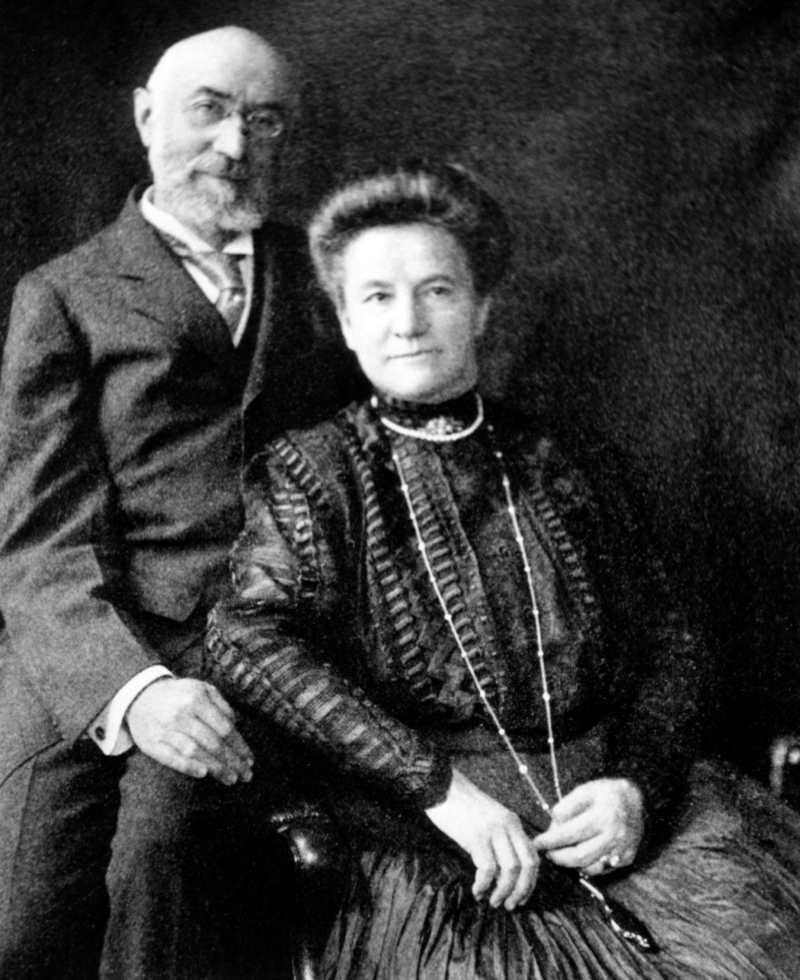
Till Death Do Them Part: Ida and Isador Straus’s Tragic Love Story
Amidst the heart-wrenching tales of the Titanic, the story of Ida and Isador Straus stands out as a poignant example of love and loss. Refusing to be separated, Ida chose to stay with her husband, Isador, rather than boarding a lifeboat during the evacuation. The couple met their tragic end together as the ship sank, embodying the devotion encapsulated in the phrase “till death do them part.”
Their narrative paints a vivid picture of the human stories intertwined with the Titanic’s fateful voyage.
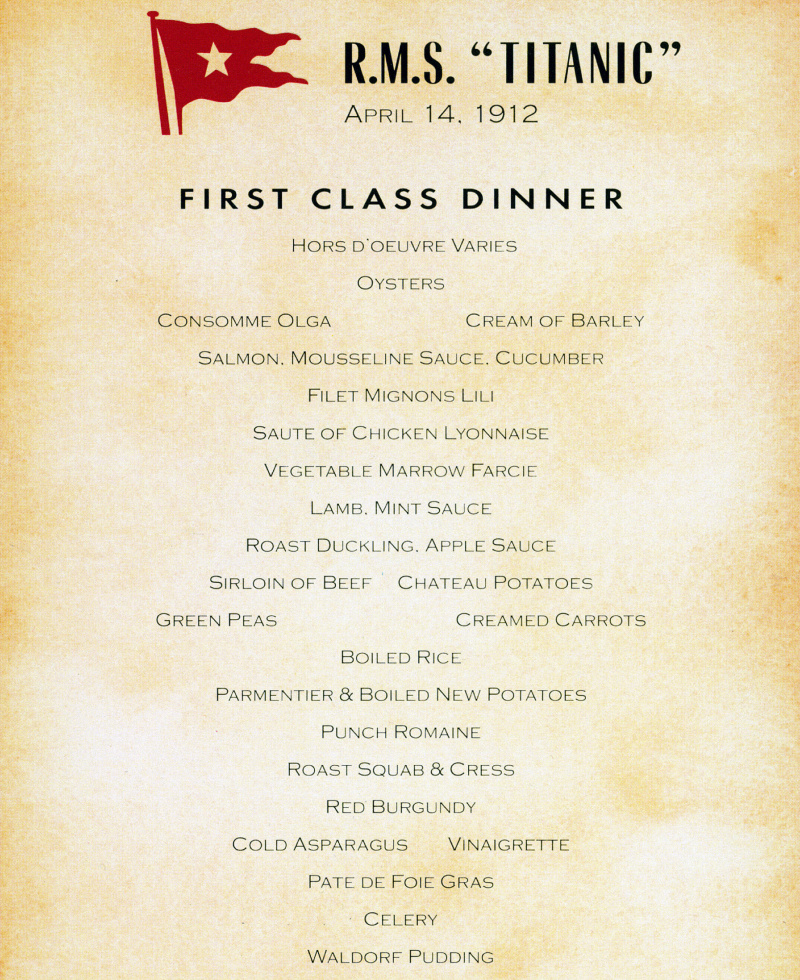
Food for Thought: Titanic’s Culinary Extravaganza
To sustain the 2,200 passengers for the planned five-day journey, the Titanic carried an impressive array of provisions. The culinary preparations included 40,000 fresh eggs, 1,000 bottles of wine, 75,000 lbs of meat, 40 tonnes of potatoes, 1,500 gallons of milk, and 15,000 bottles of ale. This culinary extravaganza reflected the grand scale of the Titanic’s journey and the meticulous planning that went into catering for its passengers.
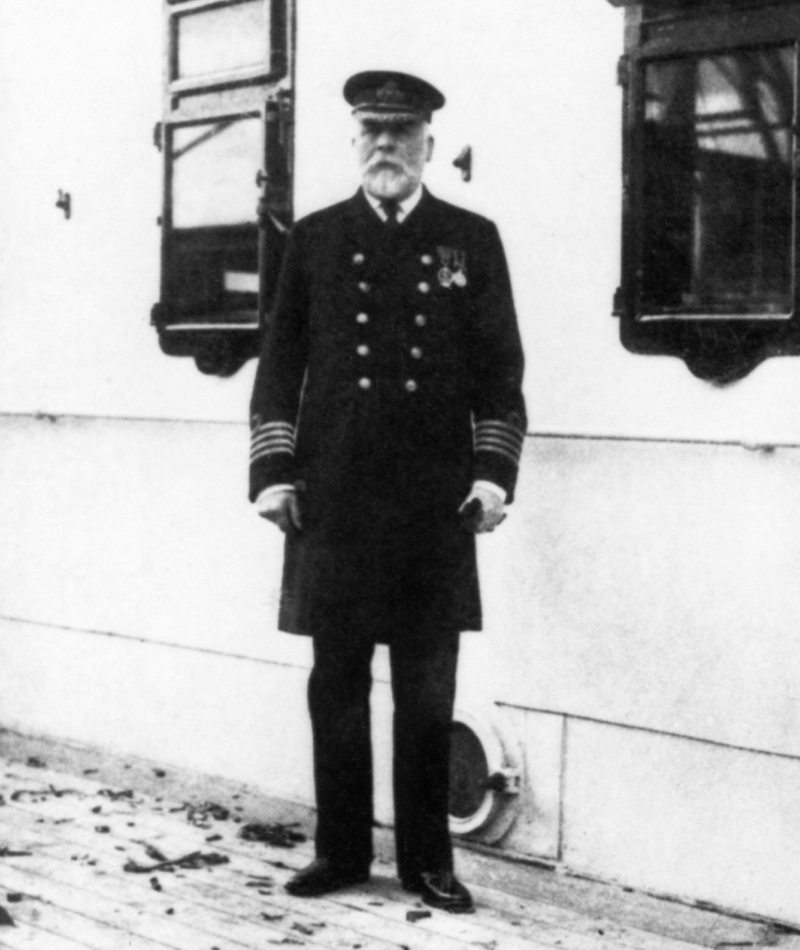
Captain’s Table: A Special Place for the Elite Passengers
On the Titanic, dining with the Captain was an exclusive honor reserved for the most privileged passengers. Unlike other vessels with a grand 12-seater Captain’s table, Captain Smith preferred a more modest 6-seater table and often took his meals on the bridge. This symbol of prestige emphasized the distinction between the elite and others on board.
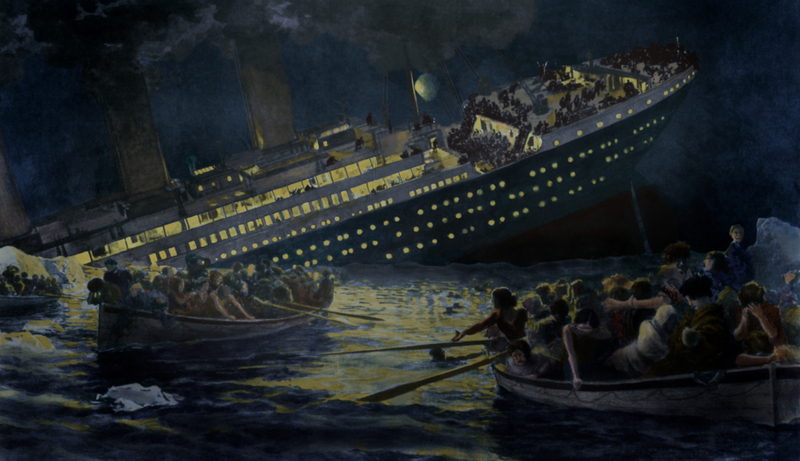
Late Launch: Delayed Lifeboat Deployment Adds to Chaos
The insufficient number of lifeboats wasn’t the only flaw in the Titanic’s safety measures. Instead of launching lifeboats immediately upon hitting the iceberg, an hour passed before they were deployed. This delayed response likely contributed to the chaotic scramble for seats on the lifeboats later, impacting the chances of survival for many passengers.
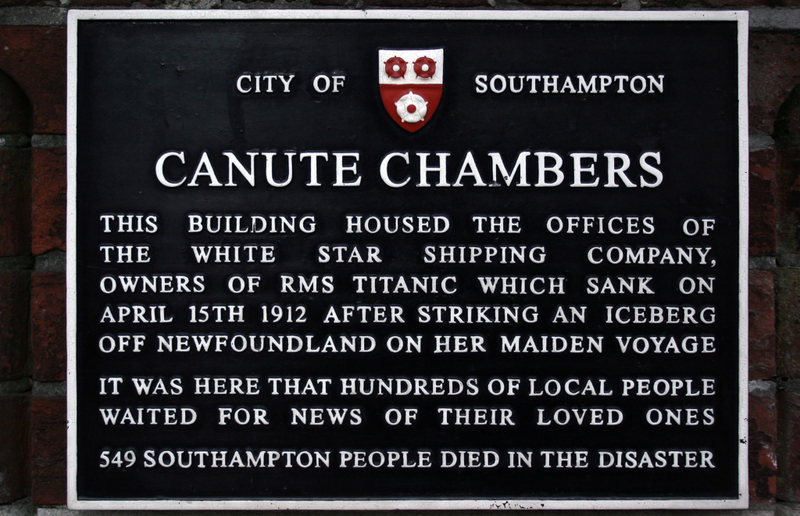
Southampton Suffered: Impact on the Departure City
The city of Southampton faced profound repercussions as a significant portion of the Titanic’s crew and passengers hailed from there. The tragedy left numerous widows and fatherless children, casting a long shadow over the community. The sorrowful aftermath underscored the deep ties between the ship and the city where it began its fateful journey.
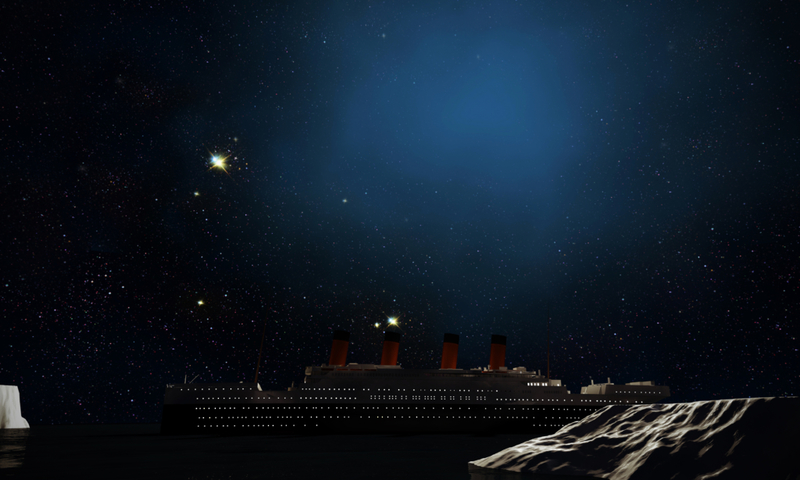
Bad Optics: Super Refraction and the Hidden Iceberg
Historian Tim Maltin proposed the concept of “super refraction” to explain why the iceberg might not have been spotted promptly. This phenomenon involves light bending in a way that obstructs the viewer’s line of sight. Maltin suggests that the atmospheric conditions that night created the ideal circumstances for super refraction, concealing the iceberg until it was too late.
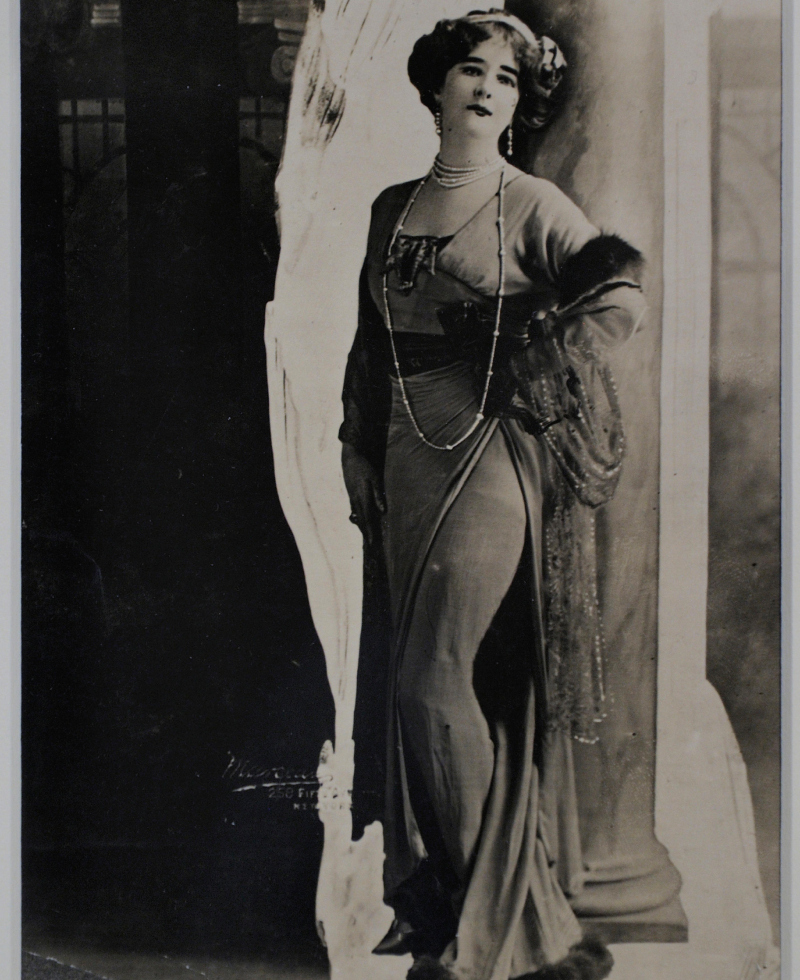
Wealthy Bunch: Opulence on Board the Titanic
The first-class passengers on the Titanic were a wealthy bunch, collectively holding an estimated value of $500 million. Their opulent belongings, valued at around $6 million, met a tragic end in the icy depths. The wealth aboard the ship reflected the luxurious nature of the liner and the affluent backgrounds of those on board.
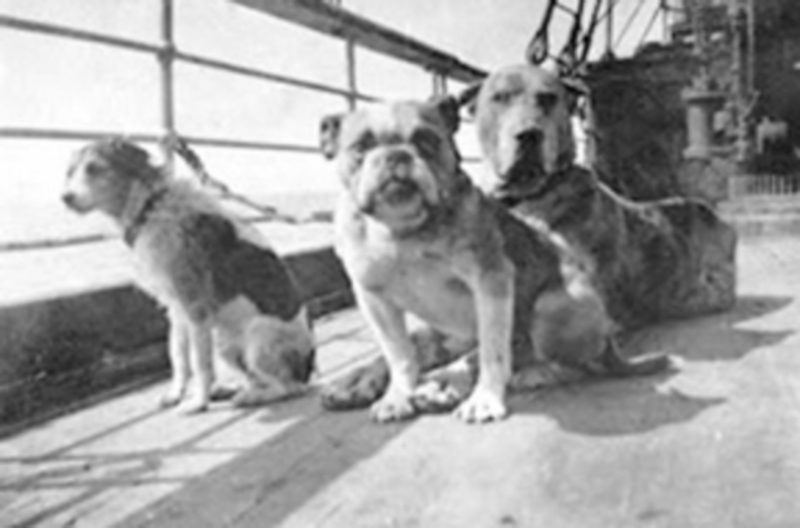
Man’s Best Friend: First-Class Perk for Canine Companions
First-class passengers enjoyed the privilege of bringing their beloved dogs on board. While 12 dogs accompanied their owners, only a Pekinese and two Pomeranians survived the disaster. The small size of these surviving dogs allowed them to discreetly board a lifeboat and escape detection.
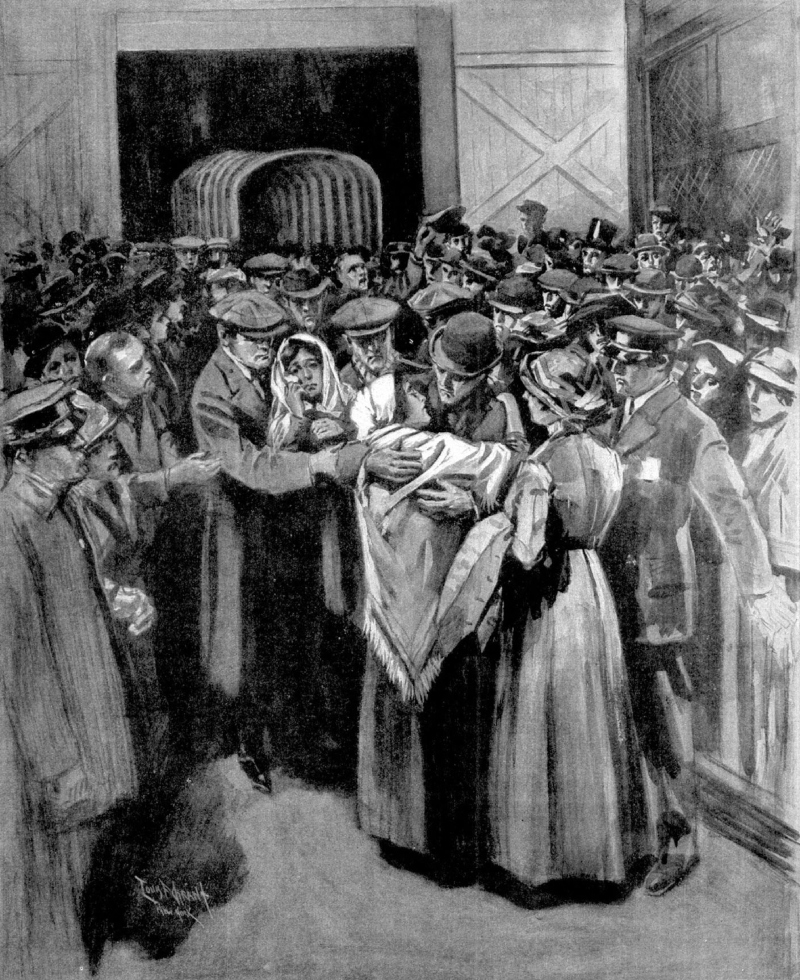
The Missing Six: Unsolved Mystery of Chinese Crew Members
Controversy surrounded the fate of six Chinese crew members rescued by the Carpathia. Denied entry into the United States due to immigration laws, they were instructed to board a cargo ship bound for Cuba. The subsequent whereabouts of these crew members remain an enduring mystery.
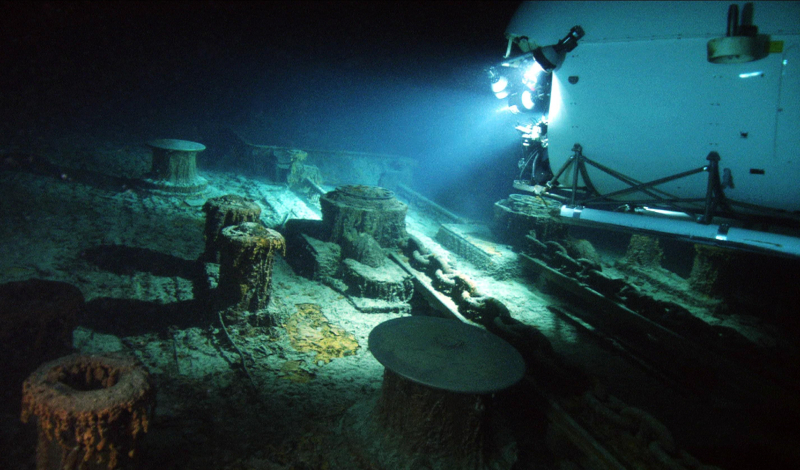
Dedicated Director: James Cameron’s In-depth Research
Director James Cameron invested substantial time and effort in researching the Titanic for his iconic 1997 film. Engaging in 12 deep-sea diving expeditions to the wreckage within a year, Cameron immersed himself in the ship’s history and the tragic events surrounding it. His commitment to accuracy and storytelling drove the creation of the cinematic masterpiece.
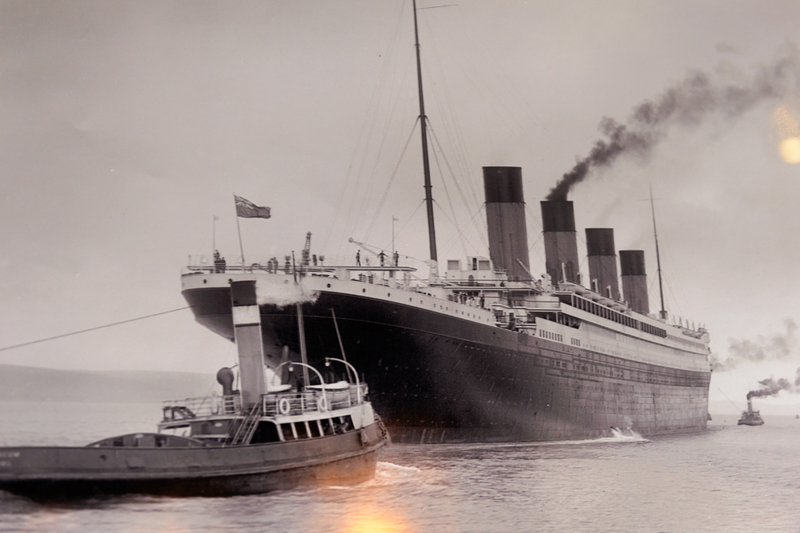
Launch Party: Titanic’s Spectacular Debut in Belfast
The Titanic’s maiden launch on May 31, 1911, in Belfast drew a crowd of over 100,000 spectators, roughly a third of the city’s population at the time. The momentous occasion marked the beginning of the Titanic’s journey and captured the attention and fascination of a significant portion of the local community.
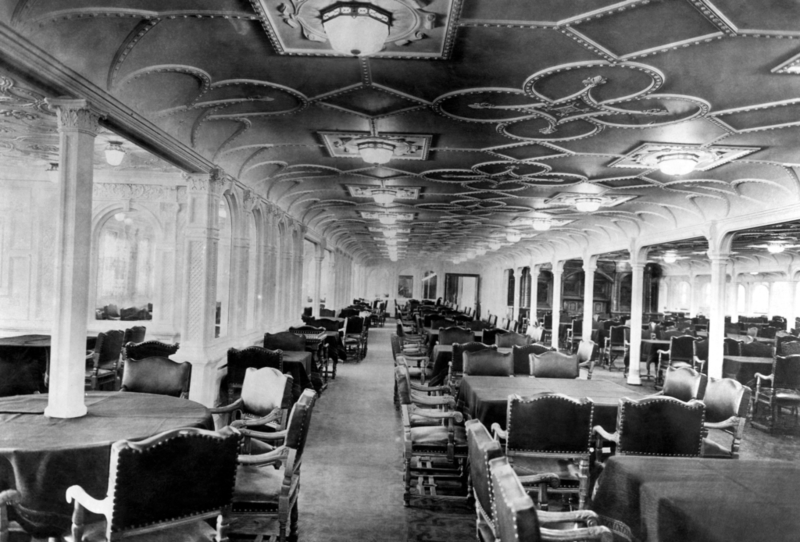
The Last Supper: Extravagant Fare for First-Class Passengers
Despite the impending tragedy, the first-class passengers experienced a luxurious start to the ill-fated night. They indulged in an extravagant eleven-course meal featuring delicacies such as filet mignon, roasted pigeon, foie gras, oysters, and champagne. The lavish “Last Supper” reflected the opulence associated with the first-class experience.
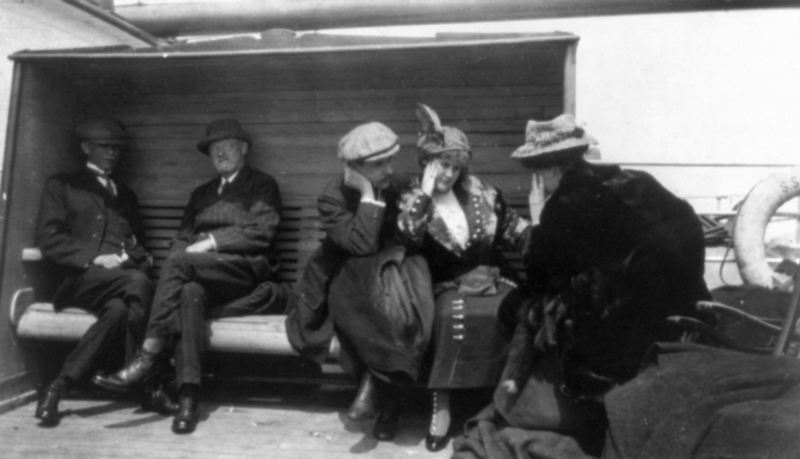
Inquiry Into the Catastrophe: Unraveling the Titanic’s Tragedy
Following the sinking, the U.S. conducted an inquiry to determine if the disaster could have been averted. Gathering over 80 passengers’ accounts, the inquiry revealed a severe delay in communicating the true danger to passengers and highlighted the absence of a lifeboat drill prior to the accident. The investigation sought to unravel the circumstances leading to the catastrophic event.
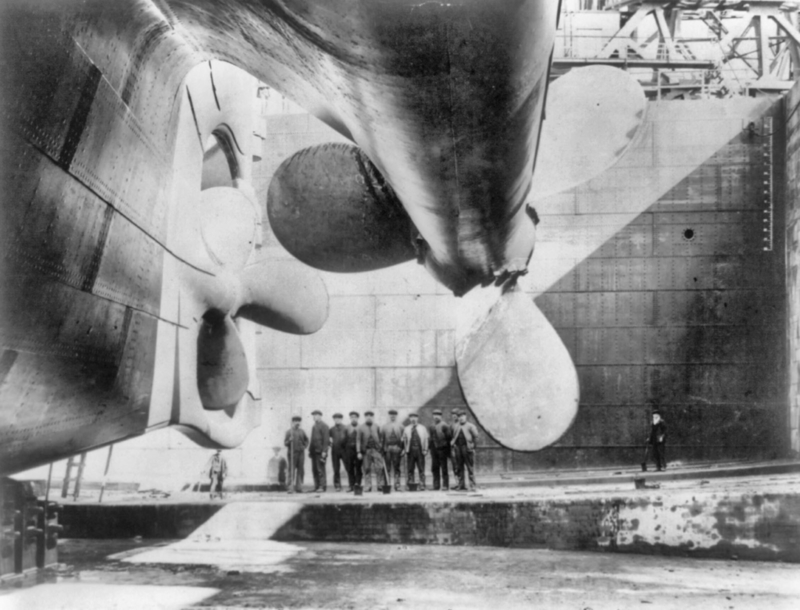
Mainly Masculine Crew: Gender Dynamics Among Titanic’s Staff
In adherence to the norms of the time, the Titanic’s crew comprised predominantly male members, with only 23 out of over 900 being women. These female crew members, mainly part of the victualling crew, played essential roles in nursing care and providing food and drinks. Despite the higher survival rate for women in the crew, a significant number of male crew members lost their lives as the ship sank.
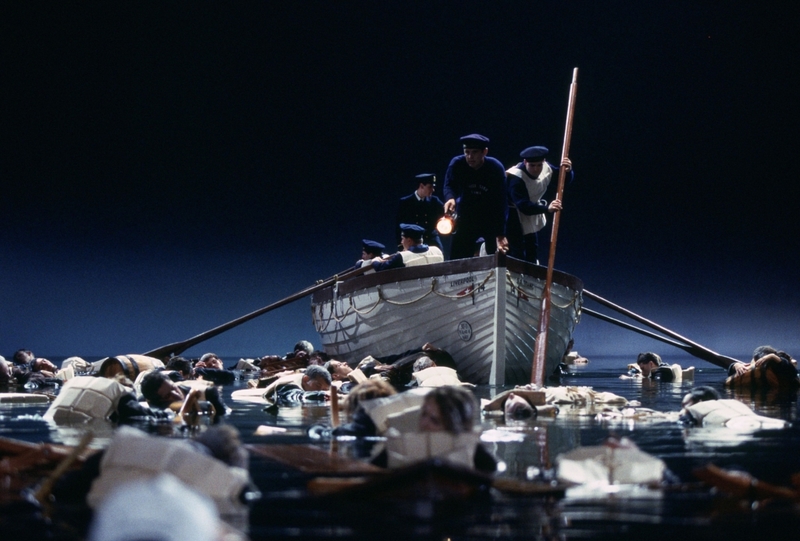
False-Light: A Cinematic Touch with Historical Inaccuracy
In the film “Titanic,” a heartbreaking scene shows crew members using a flashlight in the icy waters. However, flashlights weren’t invented during the Titanic’s time, causing criticism for historical inaccuracy. Director James Cameron defended this choice, stating it was to illuminate the scene for viewers. This creative liberty emphasizes the challenge of balancing historical precision with cinematic storytelling.
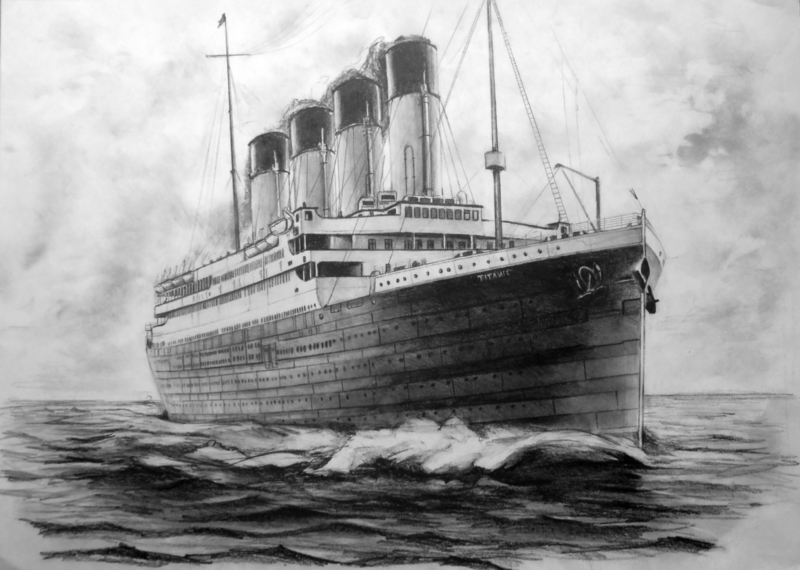
Fire!: The Lingering Impact of an Accidental Coal Fire
Journalist Senan Molony suggests an accidental coal fire weeks before the Titanic’s journey contributed to its disaster. Evidence indicates the fire weakened the ship’s hull over three weeks, making it more susceptible to iceberg puncture. This theory sheds light on an overlooked factor that may have played a role in the tragic sinking.
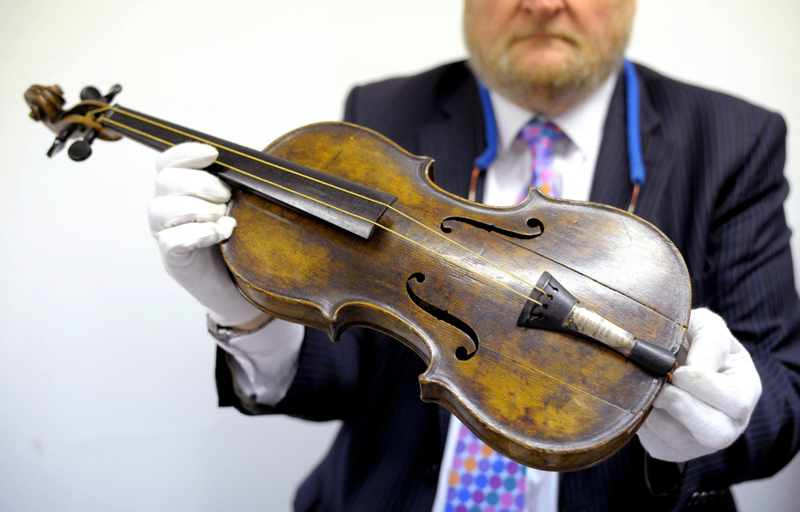
Titanic Treasures: Unearthing History from the Ocean Depths
Over 6,000 gems have been recovered from the Titanic wreckage, including a warning bell, gloves, and Wallace Hartley’s violin. Hartley led the band playing as the ship sank. These artifacts provide a tangible connection to the past, offering a glimpse into the personal belongings and stories of those aboard.
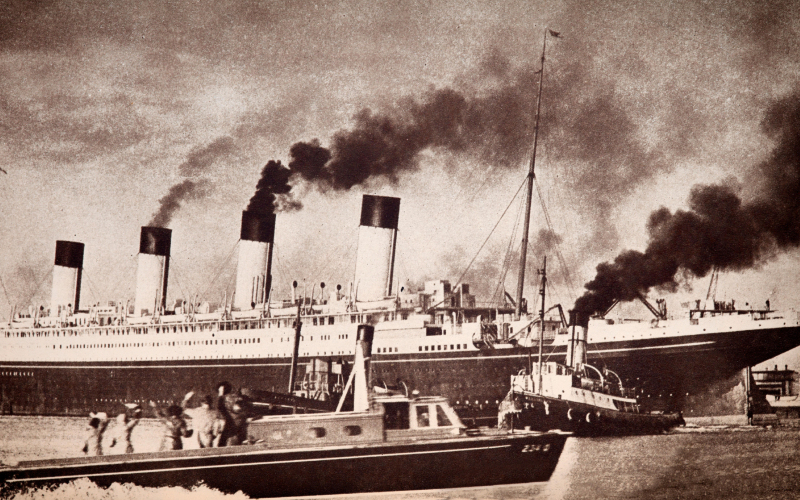
Ash Ahead!: Environmental Impact of Coal-Powered Travel
The Titanic’s coal-powered engines resulted in dumping over 100 tonnes of ash into the ocean daily. In an era oblivious to environmental concerns, this practice disrupted marine life and affected seawater ecology. The ecological consequences of such practices highlight the environmental impact of historical technological choices.
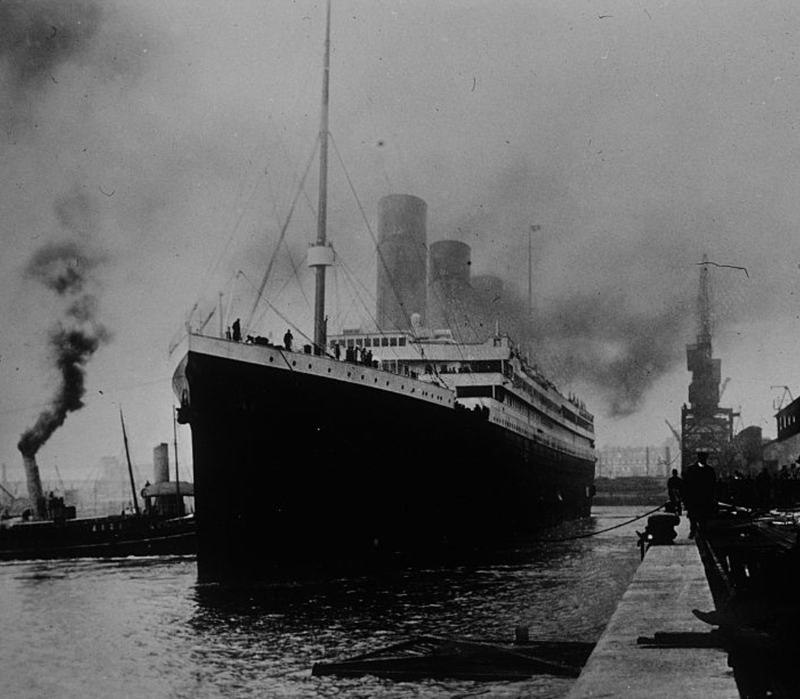
The Ship Was Called ‘Titanic’ for a Reason: A Monumental Marvel
The Titanic earned its name not just for its enormity but also for being the largest ship afloat at the time. The ship’s colossal size, towering height, and impressive weight made it a maritime marvel. Drawing inspiration from Greek mythology, the Titanic’s name reflected its monumental stature and technological prowess.
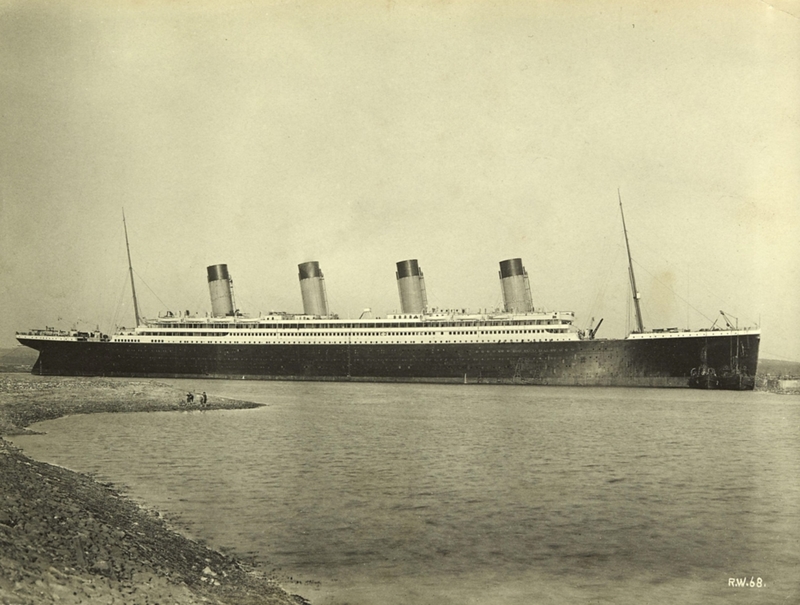
Passenger Count: Tragedy Across Nationalities
The Titanic’s sinking brought misery to an estimated 2,224 passengers from various countries seeking a new life. With a death toll estimated between 1,490 and 1,635, the tragedy left a lasting impact. Considering the undercapacity during its maiden voyage, the loss could have been even greater. The disaster’s widespread impact underscores its global nature.
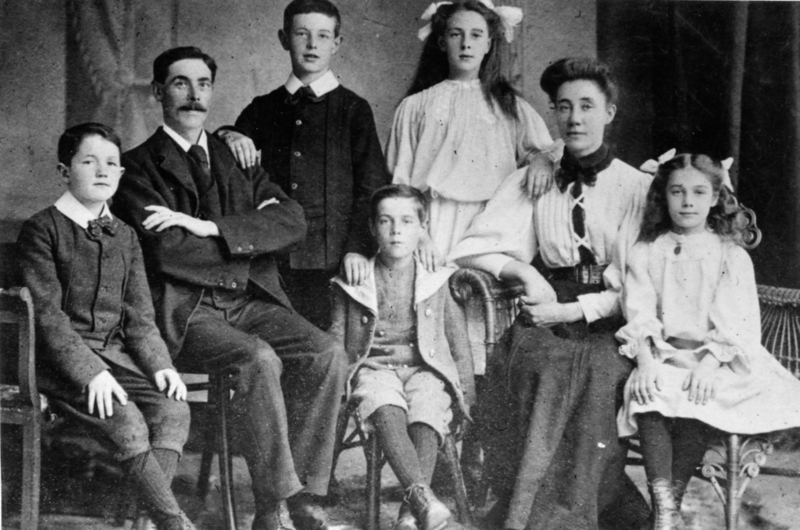
Third Class Died First: Trapped by Circumstances
Despite having room for over 1,000 passengers, the third-class accommodations witnessed higher casualties. Locking gates to keep first-class decks exclusive led to tragic consequences. When the accident occurred, the middle and lower decks, housing the third-class, were the first to be inundated, and many passengers were unable to escape, trapped by circumstances beyond their control.
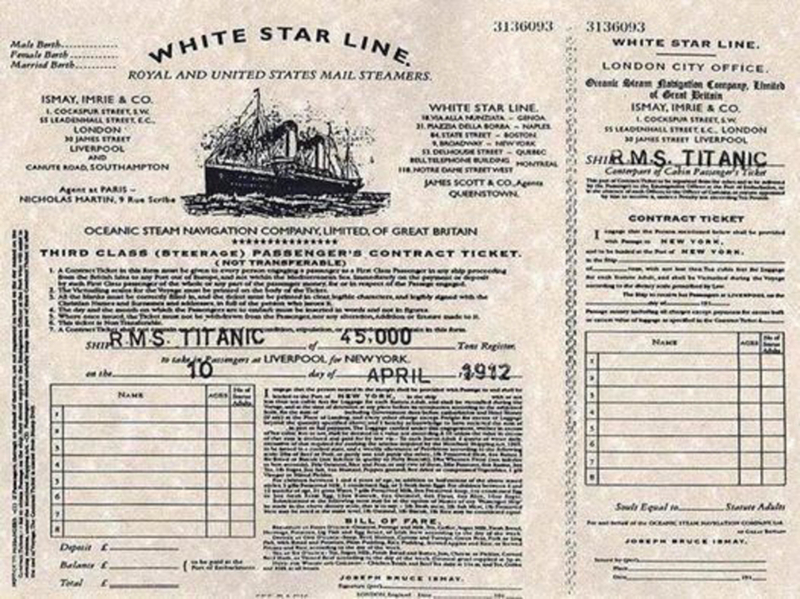
Ticket Prices Were Unthinkably High: Luxury at a Cost
The White Star Line prioritized luxury in the Titanic’s design, allowing for high-priced tickets. First-class tickets ranged from $30 to $4,350, equivalent to $775-$112,000 today. Second-class tickets were $12 to $60, or $300-$1,500 today, and third-class tickets ranged from $8 to $40, around $200-$1,100 today. The exorbitant prices reflected the opulence and grandeur of the ship’s amenities.
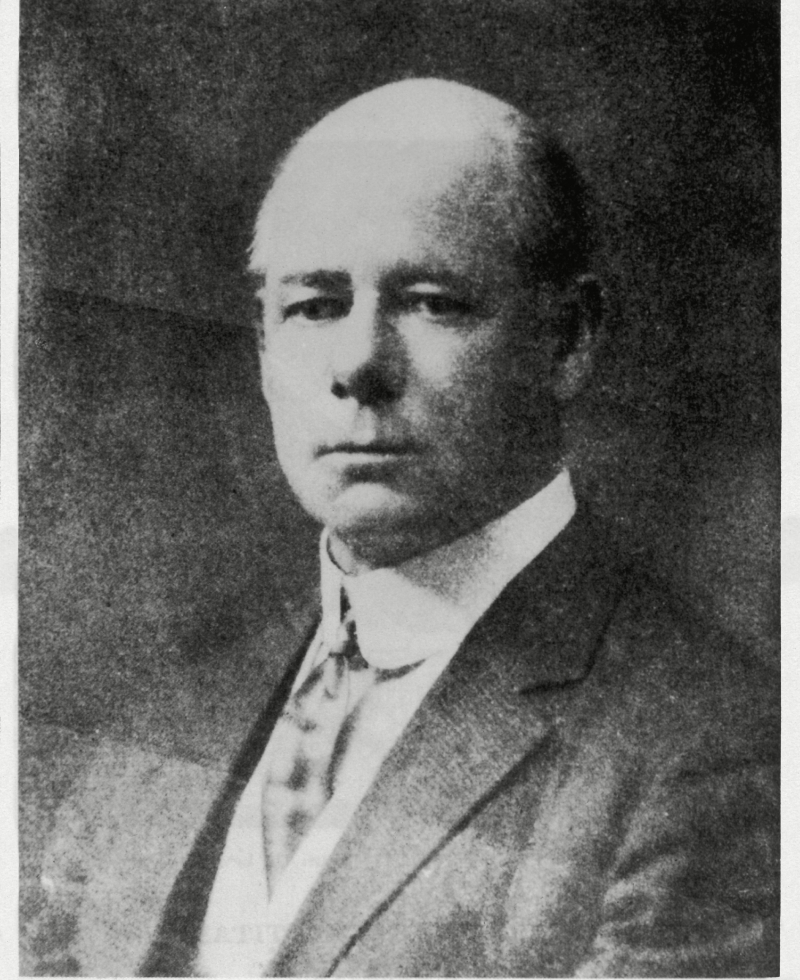
The Disaster Was Predicted?: Fiction and Reality Collide
The novel “Futility” or “Wreck of the Titan” shocked many with its prediction of the Titanic’s fate. Published 14 years before the tragedy, author Morgan Robertson’s knowledge of ships and sailing fueled this clairvoyant narrative. While some saw it as prophecy, Robertson attributed it to his understanding of the industry, highlighting the potential consequences without improvements in shipping standards.
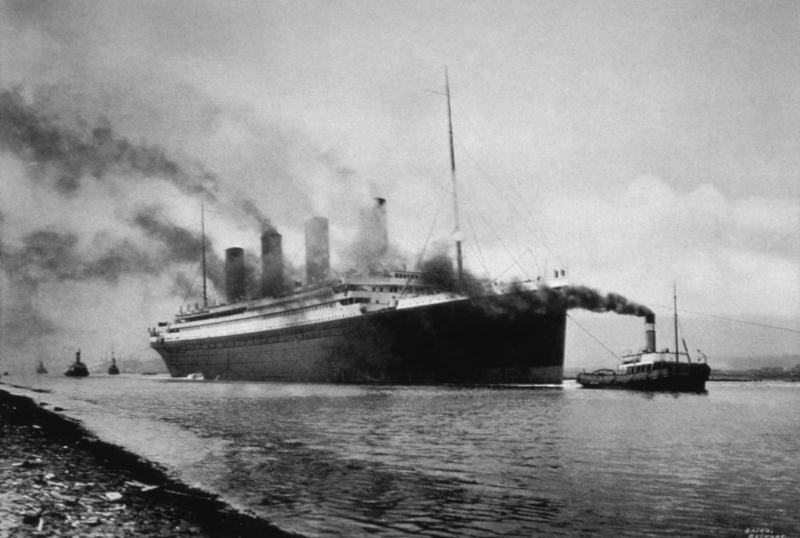
RMS Stands for Something Odd: The Ship’s Mail Connection
RMS Titanic, like many ships, carried various cargoes, including mail as part of a contract with the Royal Mail. RMS stands for Royal Mail Ship, reflecting the ship’s role in transporting mail alongside passengers and cargo. The Sea Post Office on the G Deck processed mail, showcasing the ship’s multifaceted function beyond passenger transport.
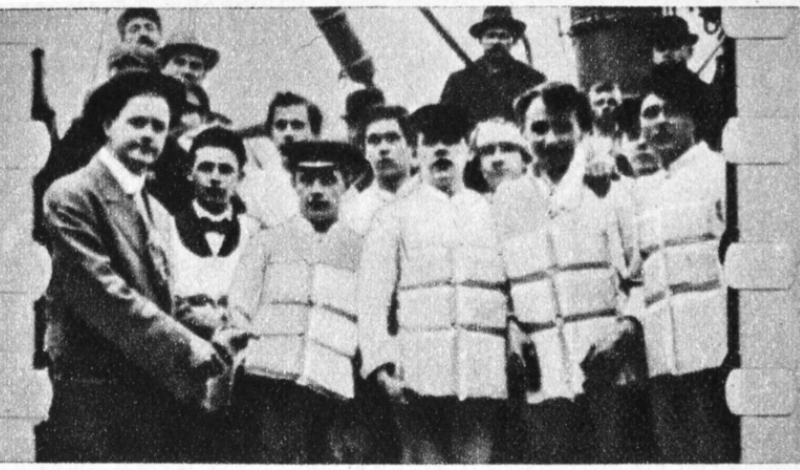
The Crew Was Dutiful to a Fault: Sacrifices Below Deck
The Titanic was designed to carry over 900 crew members, but only 885 were hired for its maiden voyage. Recruited about a month before, many joined on the day of departure. Casual employment was common. Sadly, only 214 crew members survived, with high casualties on the lower decks. Crew members assisting passengers or protecting cargo faced perilous situations. The 5 post office clerks on board valiantly fulfilled their duties despite the sinking ship.
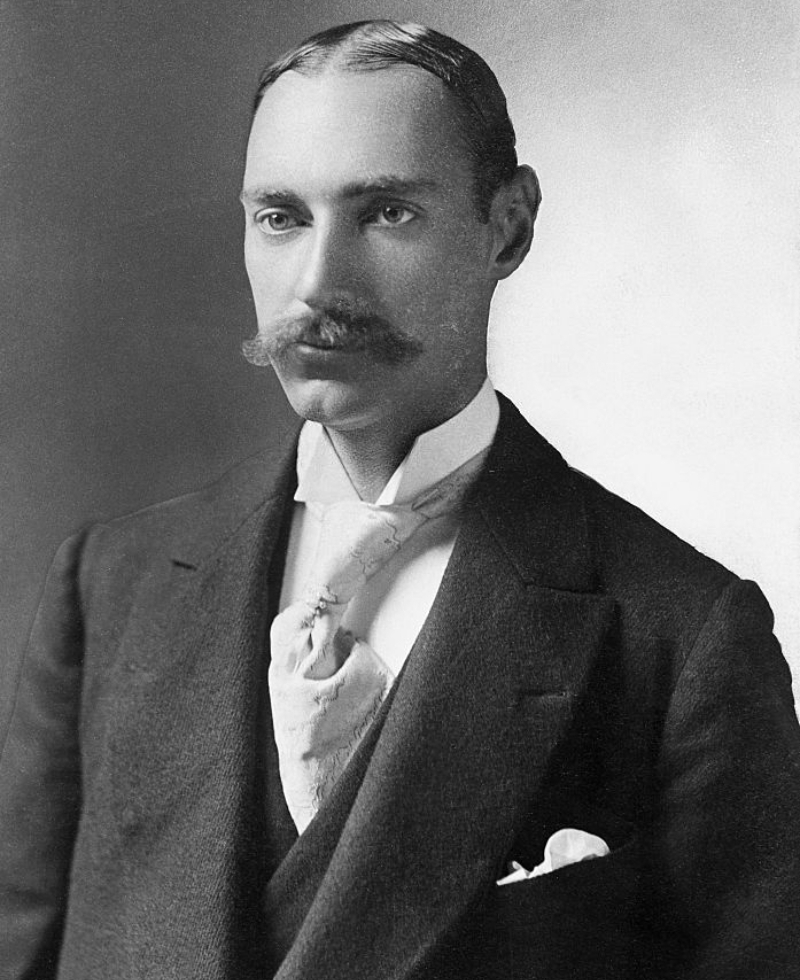
Many Knew They Would Not Survive: Calmness Amidst Chaos
After hitting an iceberg, the crew realized the Titanic was sinking. The bitter cold contributed to deaths, mainly from hypothermia. Some men, aware they wouldn’t survive, remained calm for their families’ sake. Wealthy guest John Jacob Astor IV, sending his pregnant wife to a lifeboat, assured her, “The sea is calm. You’ll be alright. I’ll meet you in the morning.” Despite such acts of courage, many faced tragic ends.
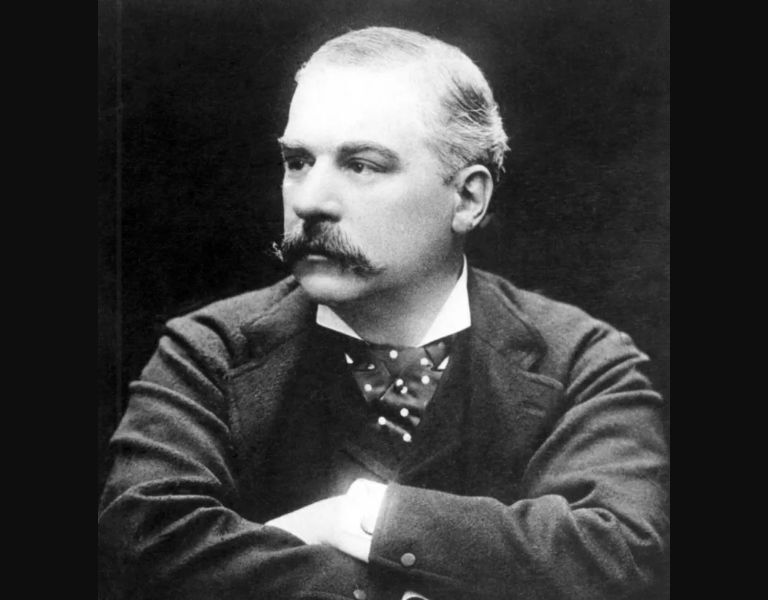
Many More Almost Went Down: A Stroke of Luck
The disaster could have been worse if the Titanic sailed at maximum capacity. Ticket cancellations, a coal strike, and travelers disembarking mid-journey reduced passenger numbers. Influential figures like J.P. Morgan changed plans, and high ticket prices deterred some. Notable personalities, including Hershey’s owner Milton S. Hershey and Alfred Gwynne Vanderbilt, narrowly avoided the tragedy due to these circumstances.
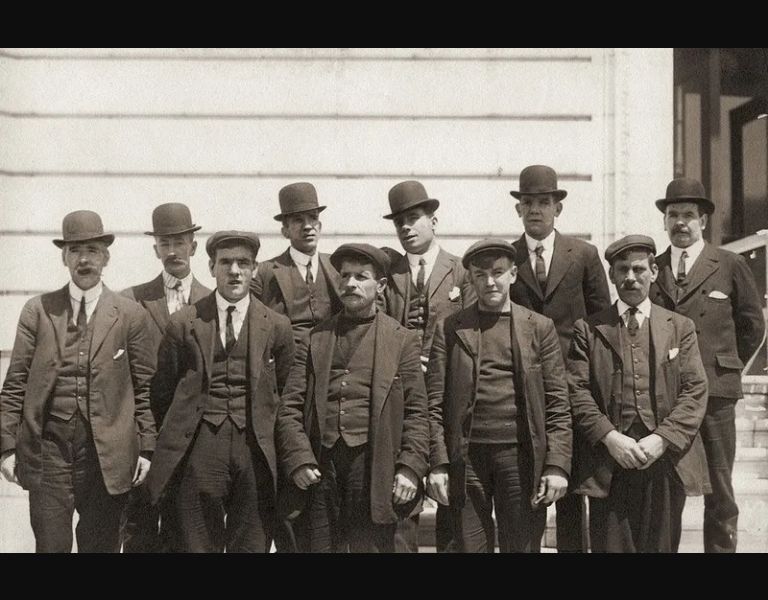
The Ship Ran on Coal Fuel: Powering the Titanic’s Journey
To sustain its voyage, the Titanic carried 6,000 tons of coal, consumed at an average rate of 600 tons per day. Firemen fed the boilers on the lower deck, enduring extreme conditions. Unfortunately, these lower levels were the first to flood during the accident, trapping workers inside as doors sealed to maintain buoyancy.
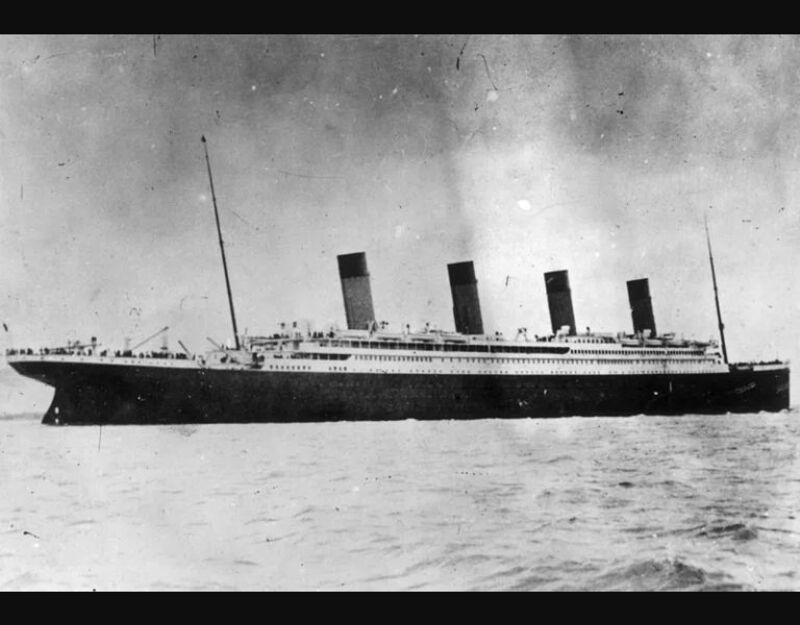
The Titanic Had Four Stacks: Aesthetic and Functional Design
The Titanic’s four large funnels, or stacks, were vital for ventilation and aesthetic purposes. Three served as vents for coal combustion, while the fourth, equally large, ventilated the kitchen. Panic ensued among crew members during the accident, fearing the stacks might erupt. This dual-purpose design added complexity to the evacuation efforts.
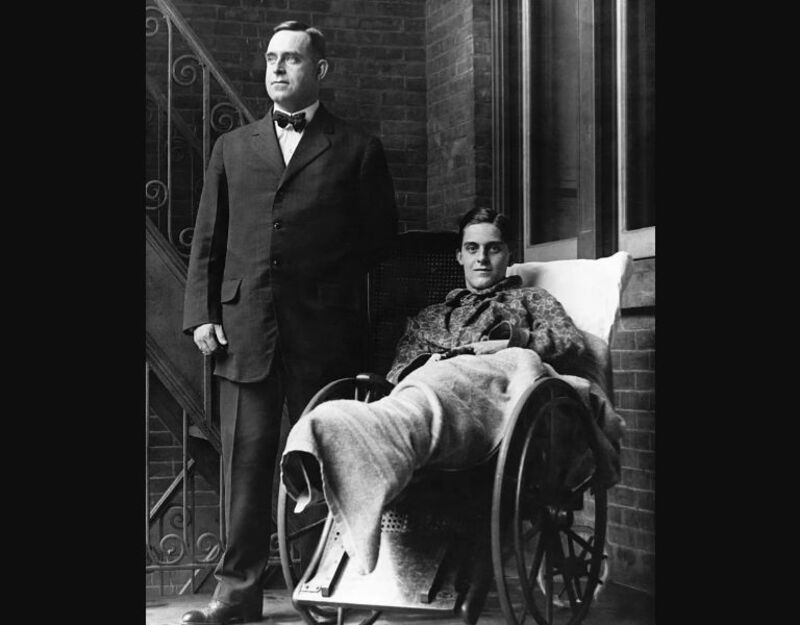
Many of the Crew Members Were Not Sailors: Hasty Employment and Limited Training
Crew hiring, completed a month before sailing, was rushed. Minimal training resulted in ill-prepared and disorganized crew members. Some joined hours before departure. This hastiness contributed to challenges during and after the accident. Notable crew members, like steward Thomas Whiteley and stewardess Violet Jessop, faced hardships and became known for their resilience at sea.
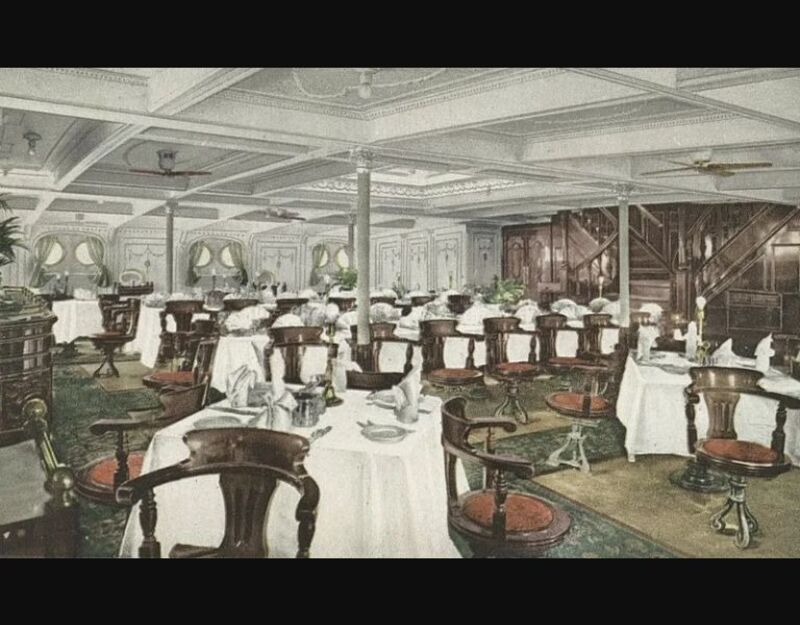
Titanic’s Eateries: Opulence Amidst Tragedy
First-class passengers on the weight-bearing B Deck enjoyed spacious cabins and fine dining at the À La Carte Restaurant, owned by Luigi Gatti. The Café Parisien on the same deck offered luxurious meal options. Unfortunately, restaurant staff suffered high casualties, with only 3 surviving. The opulent setting turned tragic during the ship’s fateful journey.
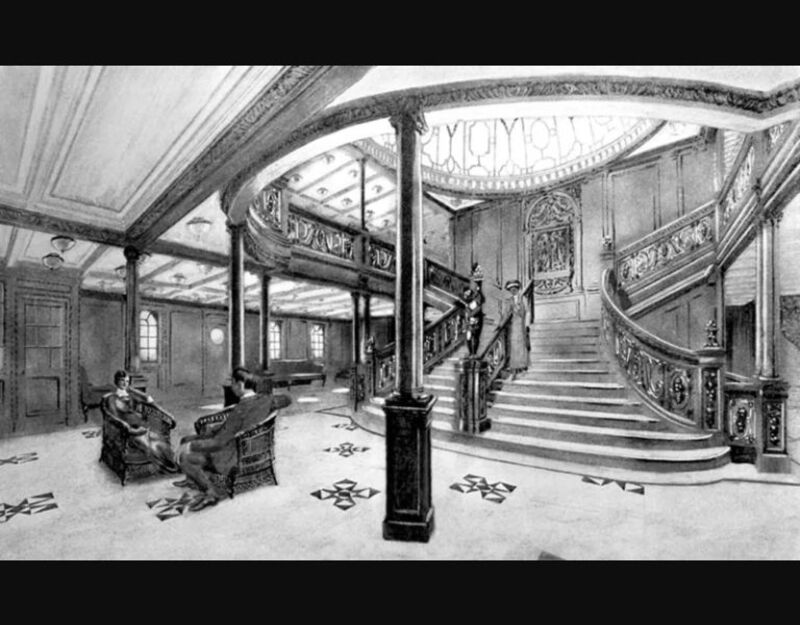
The Ship Was Modeled After the Ritz Hotel: Luxury Afloat
Unlike its smaller, faster competitors, the Titanic prioritized size and luxury. Modeled after the Ritz Hotel in London, its interior resembled an opulent hotel rather than a traditional ship. Decorative cabin styles ranged from Renaissance to Louis XV, showcasing first-class features. Passengers enjoyed panoramic ocean views at the Veranda Cafe or experienced a French sidewalk ambiance at the Cafe Parisien. Those seeking solitude could find reading places, write, or engage in weight training at the gym.
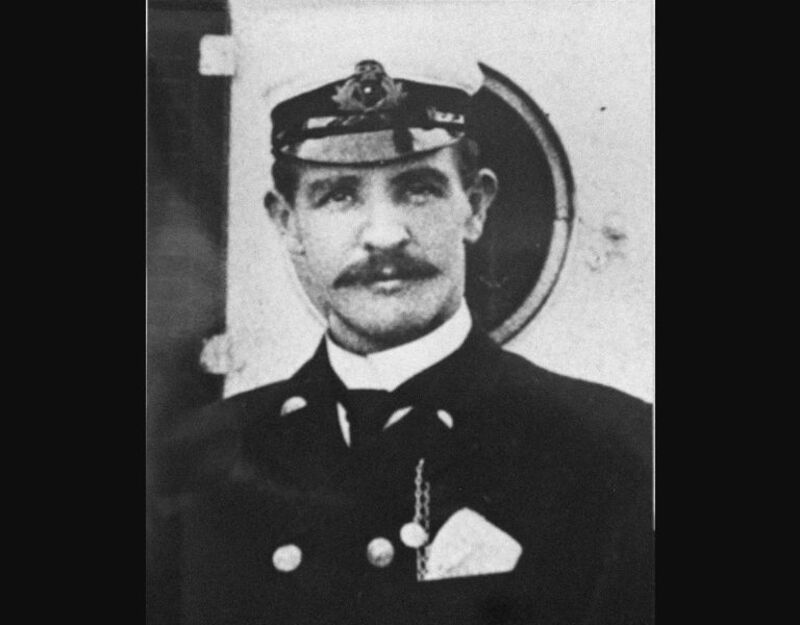
The Captain Didn’t Make the Tough Call: Decisions Under Scrutiny
Officer William McMaster Murdoch, in charge during the iceberg collision, gave orders that sparked debates. Accounts differed on whether he commanded a “Hard-a-starboard” or “Hard a’port.” The ship took only 37 seconds to hit the iceberg from sighting, raising questions about the efficiency of Murdoch’s decision. Some wonder if different commands could have averted the accident.
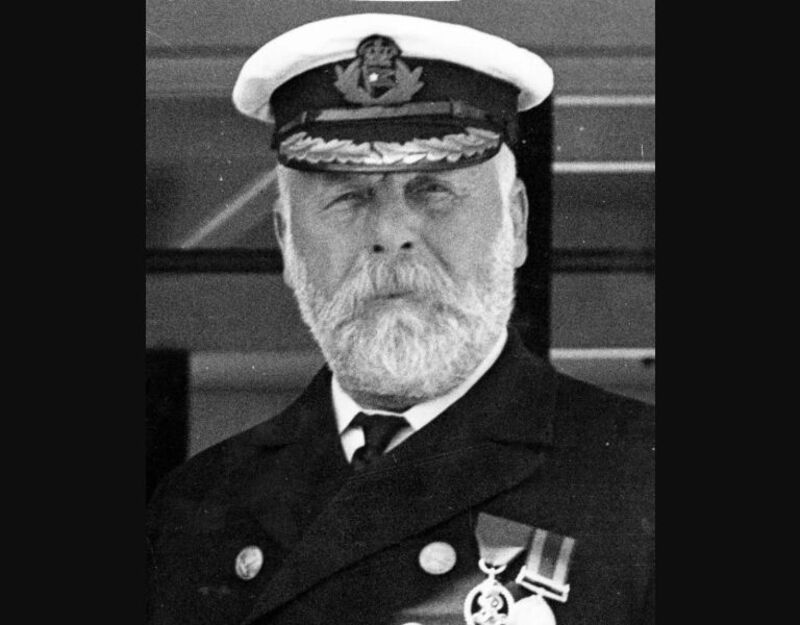
The Captain Was One of the Best: Stoicism and Sacrifice
Captain Edward J. Smith, a distinguished British Merchant Navy Officer, earned his position through discipline. Appointed captain for the Titanic’s maiden voyage, he planned to retire afterward. In the face of disaster, he urged his men to prioritize women and children and stated, “Well boys, do your best…and look out for yourself.” These were his final words, reflecting his commitment to duty.
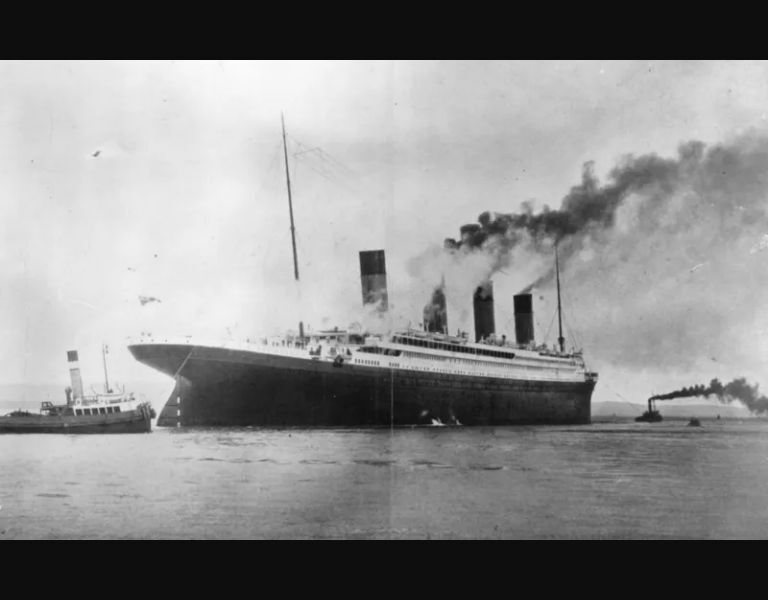
There Were Several Warnings of Ice From Other Ships: Ignoring Danger Signs
Despite multiple ships reporting iceberg sightings along the Titanic’s path, the captain deemed the conditions non-threatening. Reports of “field and pack ice” didn’t alter their near-full-speed course. The SS California warned of icebergs but was cut off by the Titanic’s radio operator. The tragedy unfolded despite the ship’s adherence to procedures and documentation.
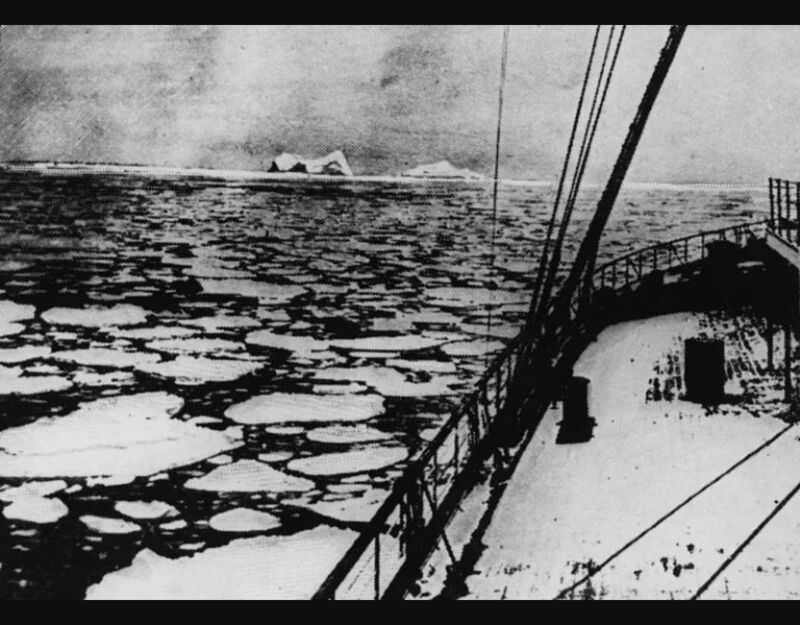
There Were No Binoculars in the Crow’s Nest: Lack of Equipment
Due to a mix-up in Southampton, the Titanic sailed without binoculars in the crow’s nest. However, the absence wasn’t considered pivotal in avoiding the iceberg. Even with binoculars, the dark, moonless night would have hindered early detection. The tranquil ocean surface masked waves against large floating obstacles.
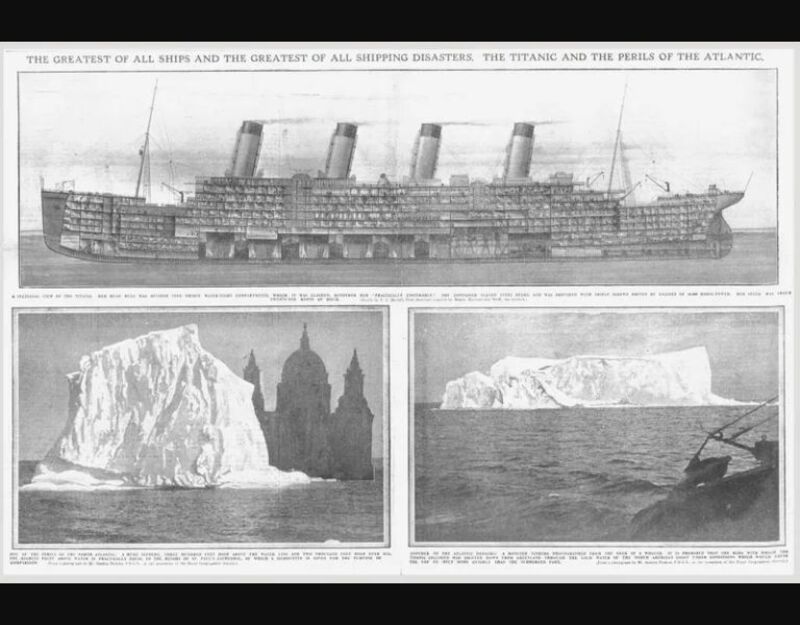
There Were Only Seconds Until the Impact: A Swift and Tragic End
Sailing dangerously fast throughout the day, the Titanic faced increased peril at night. Numerous icebergs dotted the area, known as Iceberg Alley. With only 37 seconds from spotting the iceberg to impact, the crew had little time. Confusion regarding the First Officer’s command added to the urgency.
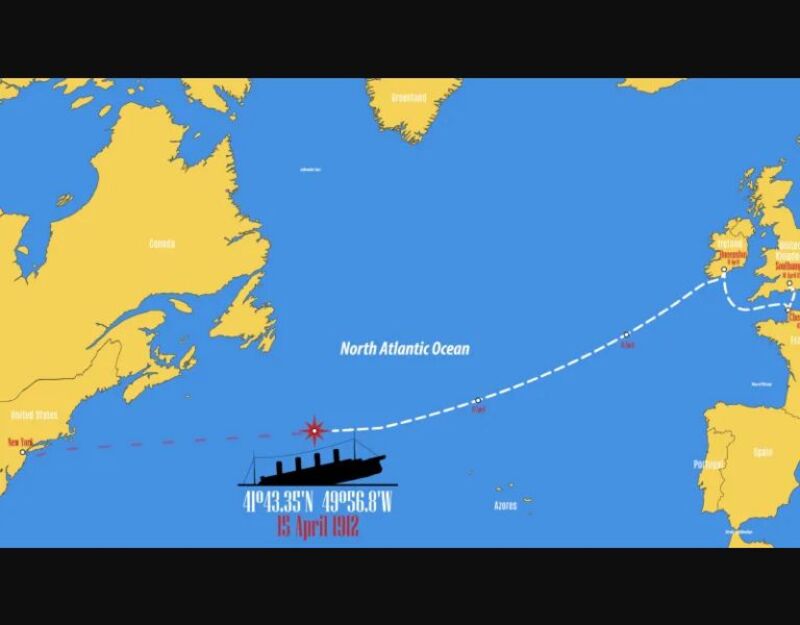
They Had Already Sold Tickets for the Return Voyage: Tragic Irony
Despite its ill-fated journey, the Titanic had a scheduled return trip. Stops were planned in Cherbourg, France, and Queenstown, Ireland, with return tickets booked until December 28. The ship’s itinerary included disembarkation in Manhattan and Ellis Island for immigration processing. The tragic irony was evident in the pre-booked return tickets.
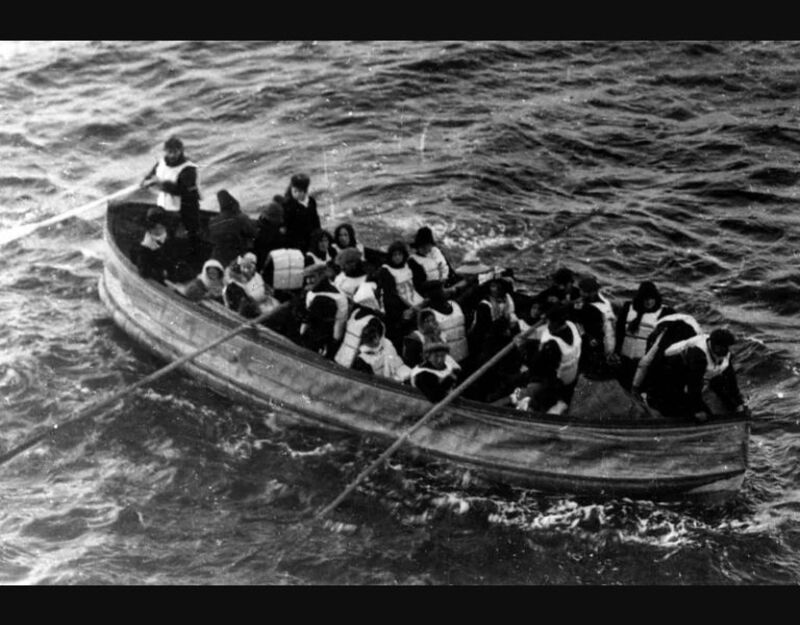
There Weren’t Enough Lifeboats for Everyone: Tragic Oversight
Although capable of carrying 64 lifeboats, the Titanic installed only 20 to preserve passengers’ ocean views. This decision adhered to maritime laws at the time, which required a specific minimum number of lifeboats for ferrying passengers to rescuing ships. Unfortunately, this choice contributed to the tragic loss of lives during the disaster.
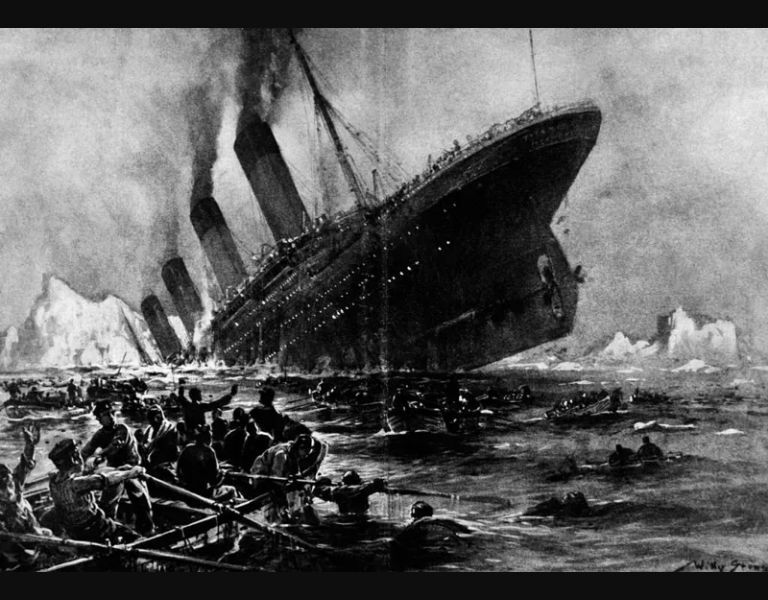
A Record-Setting Sinking: Titanic’s Swift Demise
The Titanic, once deemed unsinkable, faced a tragic fate with a record-setting sinking time. Unlike other ships that took close to 12 hours to fully submerge after iceberg collisions, the Titanic sank in a mere 2 hours and 40 minutes. The swift sinking shocked those on board and hindered potential rescue efforts. Had it taken longer, rescue ships like the Carpathia, which arrived around 4 a.m., might have reached the area in time to aid more passengers.
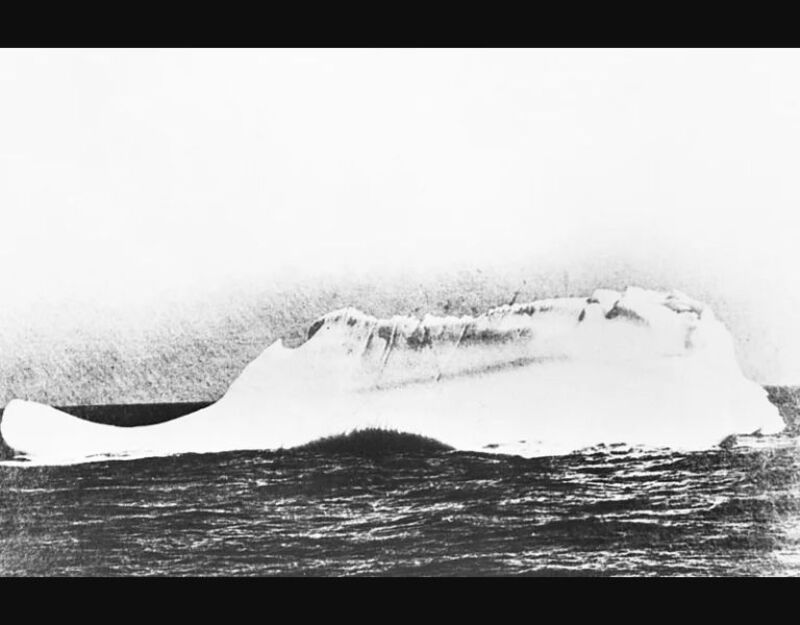
The Iceberg Stayed Afloat Nearby: Echoes of the Tragedy
Despite the Titanic’s colossal size, the iceberg it collided with remained afloat nearby. Reports reached other vessels about the collision, and a steward passing Iceberg Alley the next day took photographs. The images revealed a large iceberg with a conspicuous black mark on its side—a silent witness to the Titanic’s deadly encounter. The sight emphasized the overwhelming force of the iceberg, illustrating how the ship was dwarfed by its natural adversary.
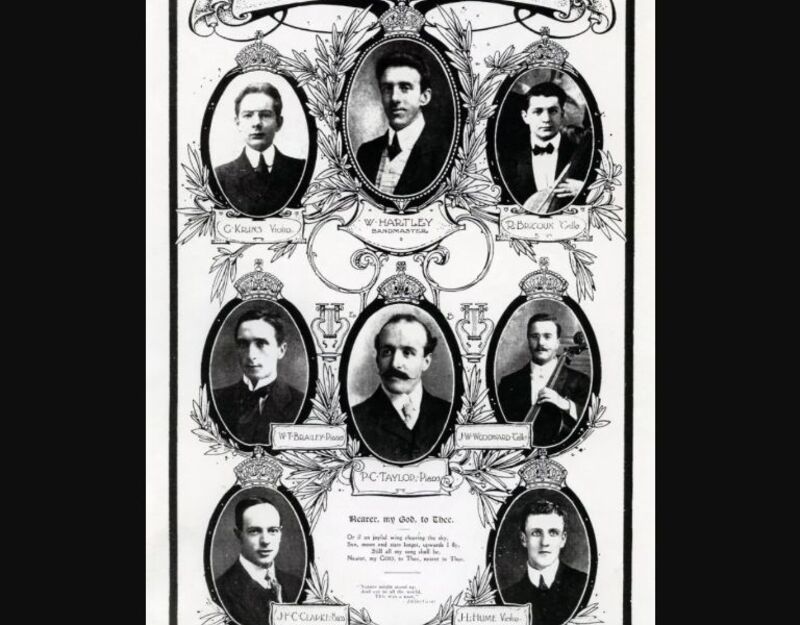
The Orchestra Played Happy Tunes: Musical Resilience
Contrary to the chaotic scenes in the movie “Titanic,” the ship’s orchestra played upbeat music amidst growing chaos during the actual sinking. The musicians aimed to prevent panic among passengers. As the gravity of the situation became evident, they transitioned to fulfilling personal requests from stranded passengers. The orchestra’s final act, playing in the face of impending tragedy, became a poignant and climactic moment amid the unfolding disaster.
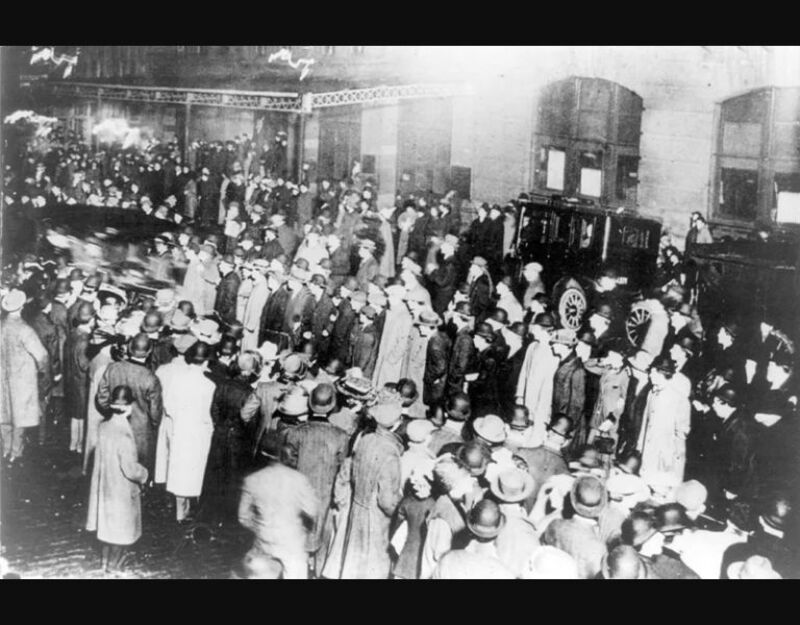
Many Were Never Found: Unresolved Loss
Following the tragic news of massive loss of life, numerous ships were dispatched to search and recover bodies. The CS Mackay-Bennett, the first to reach the area, quickly ran out of embalming supplies, mostly preserving bodies from first-class accommodations. Of the estimated total passengers lost at sea, only 333 bodies were recovered. Some were discovered days or even a month later. The recovery efforts continued, emphasizing the heartbreaking reality that many souls were never found.
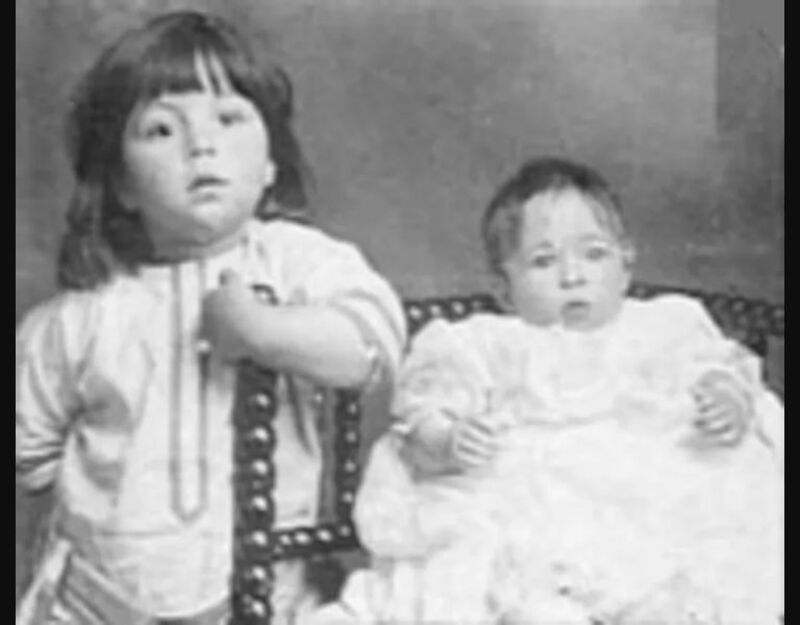
The Youngest Passenger Became Famous: Millvina’s Journey
Elizabeth Gladys “Millvina” Dean, the youngest passenger at only 2 months old, became a symbol of the Titanic’s tragedy. Traveling with her parents and brother, the Deans intended to move to the U.S., but her father’s loss at sea altered their plans. Millvina, guided to the top deck, was among the first third-class passengers on a lifeboat. Her family, deciding against immigration, sailed back to England. On the RMS Adriatic, Millvina became a beloved figure, drawing attention and care from fellow passengers.

There Are No Survivors Left: Millvina’s Legacy
Elizabeth Gladys “Millvina” Dean, the youngest Titanic passenger at 2 months old, held the unique position of being the last survivor. Unaware of her experience until the age of 8, she worked as a cartographer and later participated in Titanic-related events in her 80s. Millvina passed away on May 31, 2009, at 97, with her ashes scattered at sea from Southampton, where her Titanic journey began.
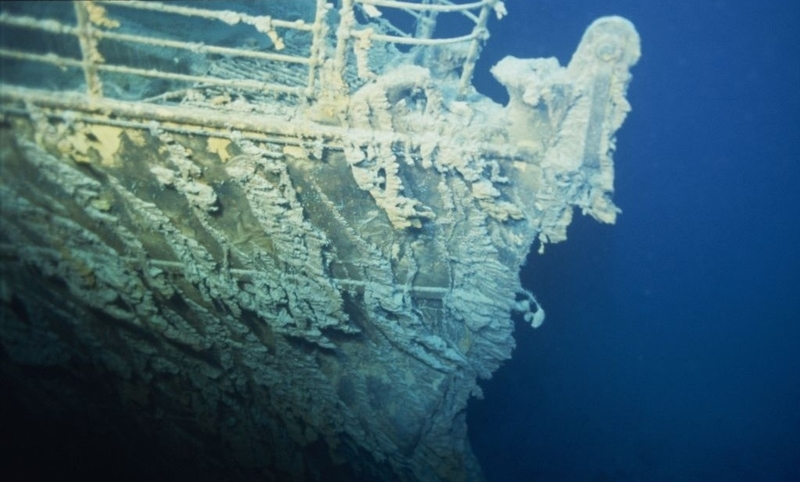
The Ship Didn’t Stay Intact: Titanic’s Final Resting Place
Contrary to initial beliefs, the Titanic did not remain intact on the ocean floor. More than 70 years after the tragedy, it was discovered that the ship had broken into two sections. The bow and stern lay a third of a mile apart, with the stern almost upright, exposed propellers, and the bow submerged. The midsection, between the third and fourth funnel, had broken off. This revelation altered the understanding of the Titanic’s sinking dynamics.
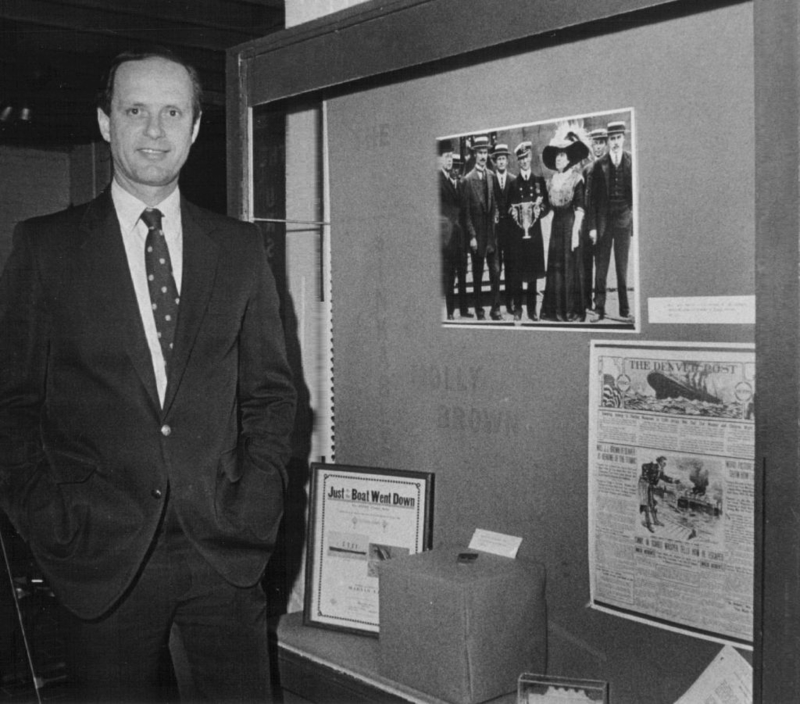
The Wreck Took 73 Years to Find: Discovering Titanic’s Depths
The Titanic’s wreckage, buried over 12,000 feet beneath the surface, remained elusive for 73 years. Difficulties arose due to inaccurate coordinates and the unexpected nature of the sinking. In 1985, explorer Robert Ballard led an expedition that successfully located the Titanic. Despite attempts to raise the wreck, it remains on the seabed, preserving the historical site.
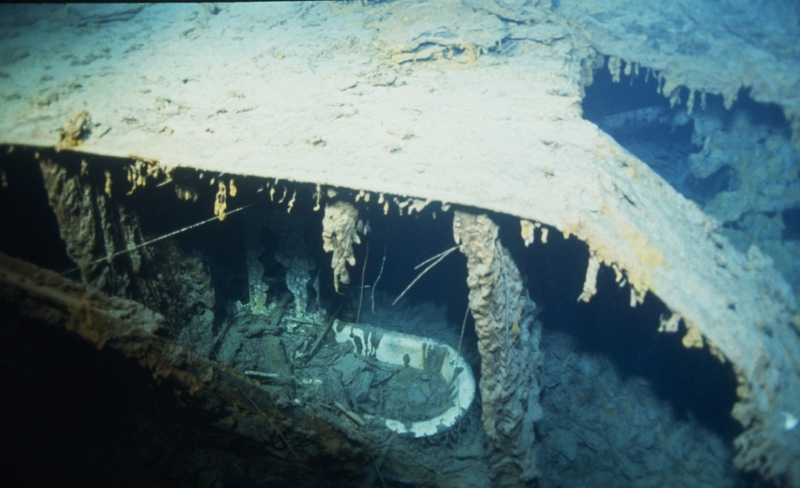
A Ticket for the Titanic Is Still Expensive: Exploring the Deep Ocean
The allure of the Titanic’s tragic past persists, captivating imaginations worldwide. Deep Ocean Expeditions offers a unique opportunity to view the shipwreck more than 12,000 feet below the surface for $59,000 per person. This venture allows individuals to witness firsthand the resting place of the iconic ship, unveiling the mysteries hidden beneath the ocean’s depths.
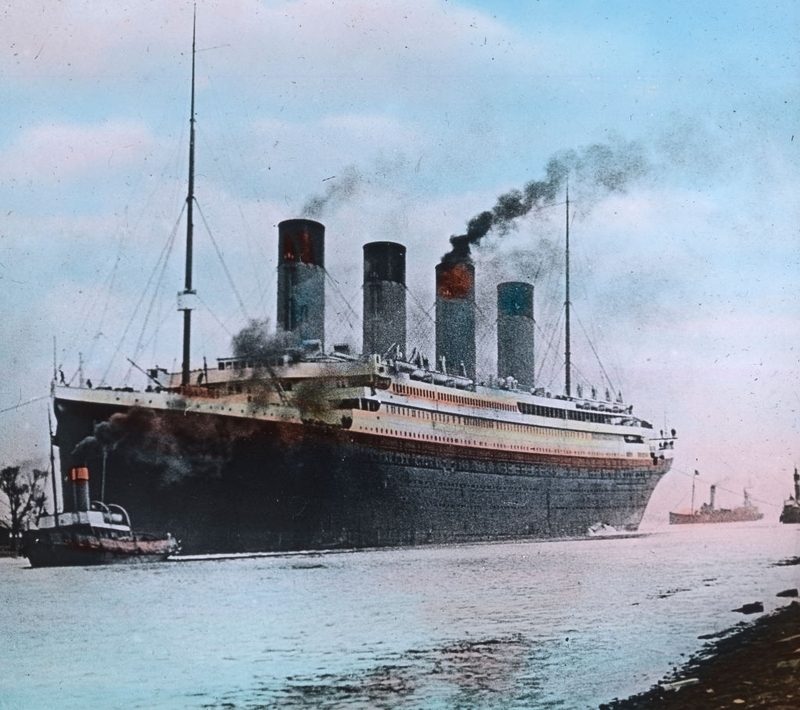
There Might Be a Titanic II: Ambitious Replication Plans
Several attempts to replicate the Titanic have emerged over the years. Sarel Gaus initiated a project in 2006, but it was abandoned. Clive Palmer, an Australian businessman, later proposed Titanic II with a budget of $500 million. Financial disputes led to delays, pushing the project beyond the initial 2016 target date. The dream of a fully functional replica still lingers, awaiting potential resurrection.
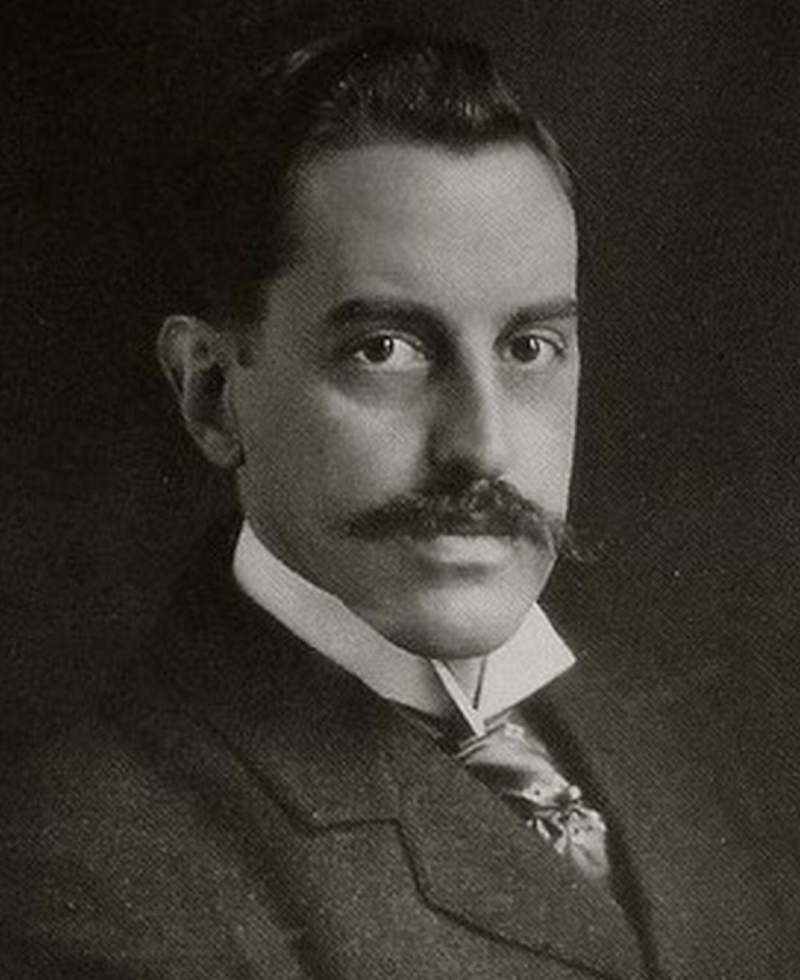
George Washington Vanderbilt II Changed His Plans at the Last Minute: A Fortunate Change
George Washington Vanderbilt II, a prominent figure slated for the Titanic’s maiden voyage, altered his plans last-minute. Heir to the Vanderbilt fortune, he heeded his mother-in-law’s concerns about the dangers of maiden voyages. Despite having sent his luggage aboard, Vanderbilt and his wife switched to the Olympic, reaching New York safely. Their footman, Frederick Wheeler, who carried their belongings aboard the Titanic, did not survive the tragic accident.
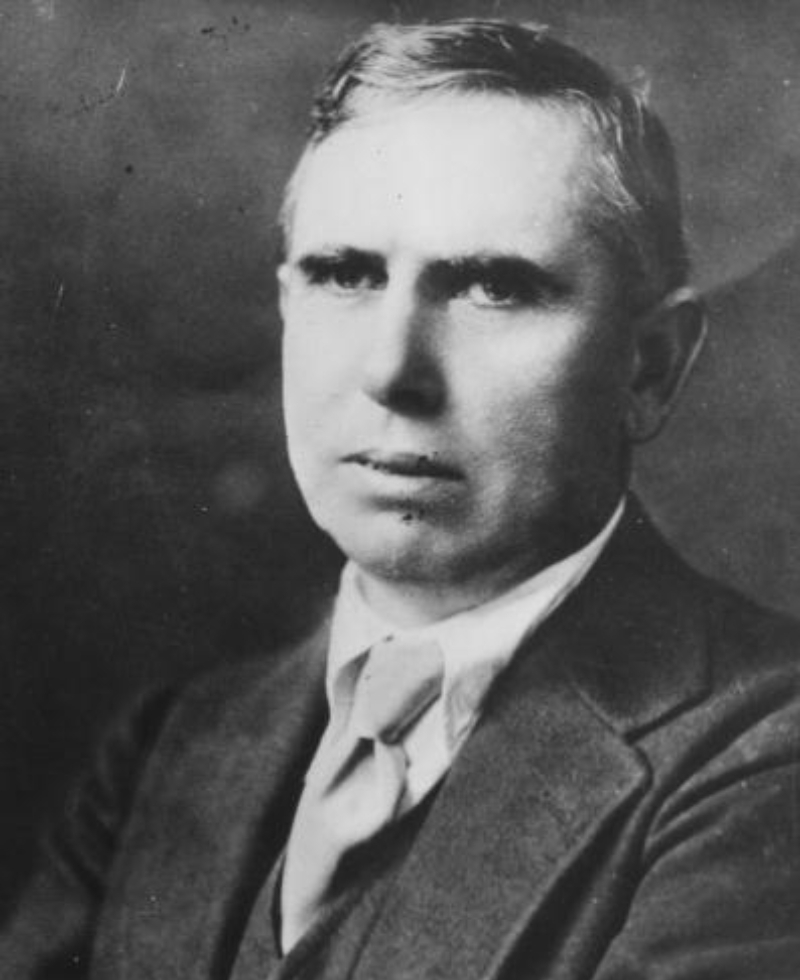
Theodore Dreiser Nearly Met Disaster: A Fortunate Change of Plans
Theodore Dreiser, renowned American journalist and novelist, narrowly avoided the Titanic disaster during his first European vacation. Initially planning to sail on the Titanic back to America, he heeded his publisher’s advice to opt for a more economical mode of travel. Learning about the tragedy, Dreiser expressed shock at the immense ship sinking and the passengers’ helpless plight. His decision to change plans spared him from the heartbreaking fate that befell those on the ill-fated voyage.
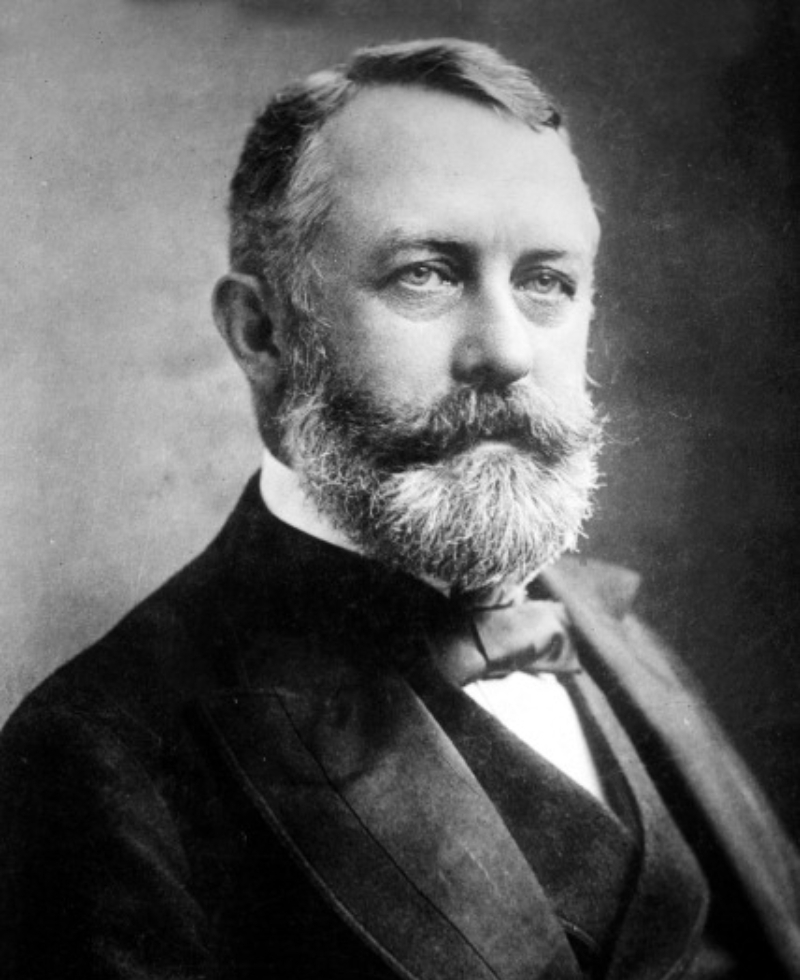
Henry Clay Frick Was Saved by a Sprained Ankle: A Twist of Fate
American industrialist Henry Clay Frick, a prominent figure in the Pennsylvania railroad construction, intended to embark on the Titanic’s maiden voyage. However, a fortuitous incident intervened; his wife sprained her ankle a few days before the scheduled departure. Recognizing her inability to enjoy the vacation with an injury, Frick canceled their plans. This twist of fate kept the steel tycoon and his wife away from the tragic voyage.
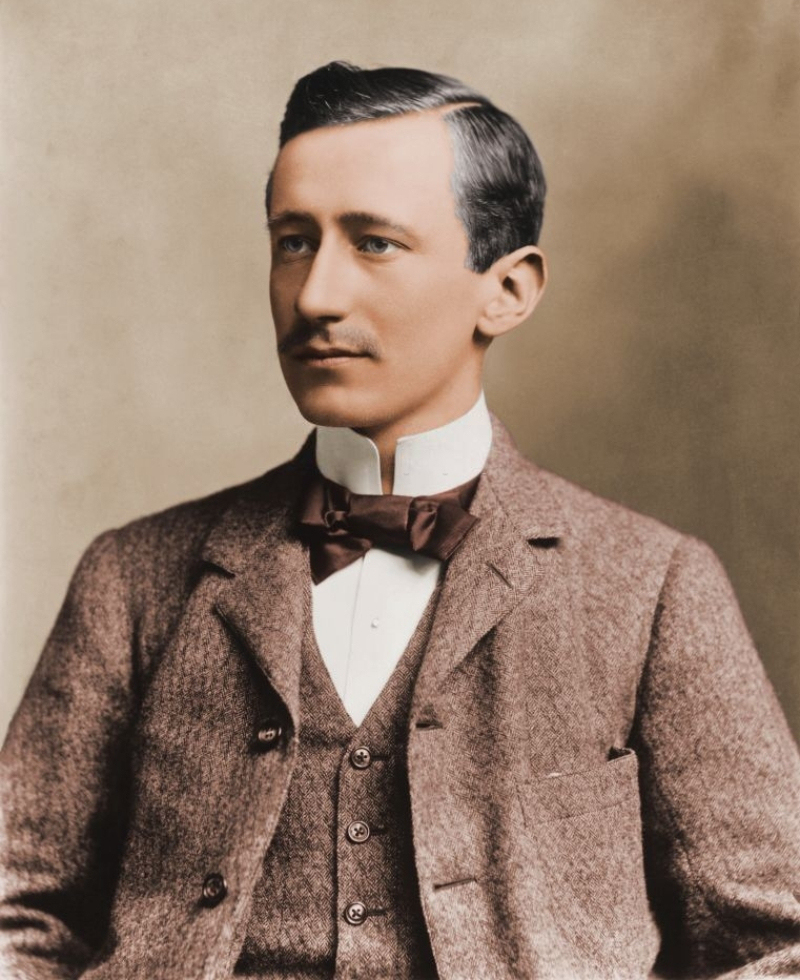
Guglielmo Marconi’s Personal Paperwork Kept Him Alive: A Crucial Decision
Guglielmo Marconi, the Italian inventor credited with radio transmission, narrowly escaped the Titanic disaster due to a seemingly mundane reason—important paperwork. Despite receiving a complimentary pass to sail on the Titanic, Marconi opted for the Lusitania, citing the need to attend to essential documents. His decision to prioritize paperwork over the Titanic’s voyage potentially saved his life.
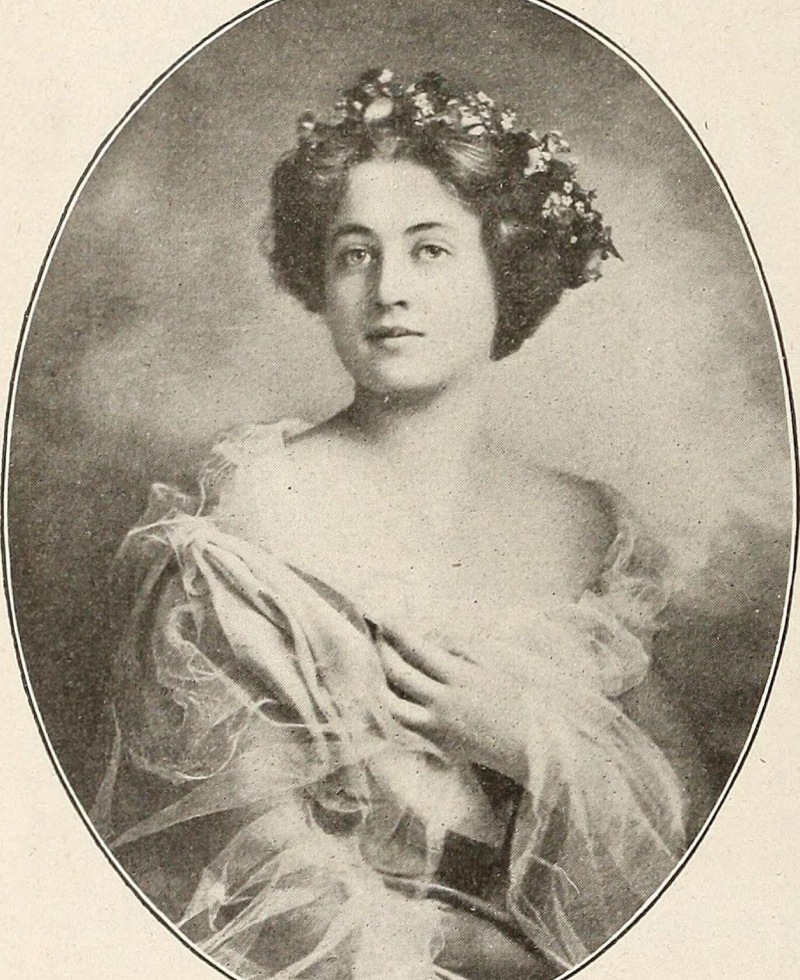
The Actress Who Survived and Wrote a Film to Tell Her Story: Dorothy Gibson’s Resilience
Dorothy Gibson, an American silent film actress, found herself among the survivors of the Titanic. In a remarkable display of resilience, she promptly began filming “Saved From the Titanic” upon reaching New York. Released a month after the disaster, the film depicted the sinking events, with Gibson wearing the same clothes she had during the actual tragedy. Despite its historical significance, the only known print of the film was tragically lost in a fire in 1914.
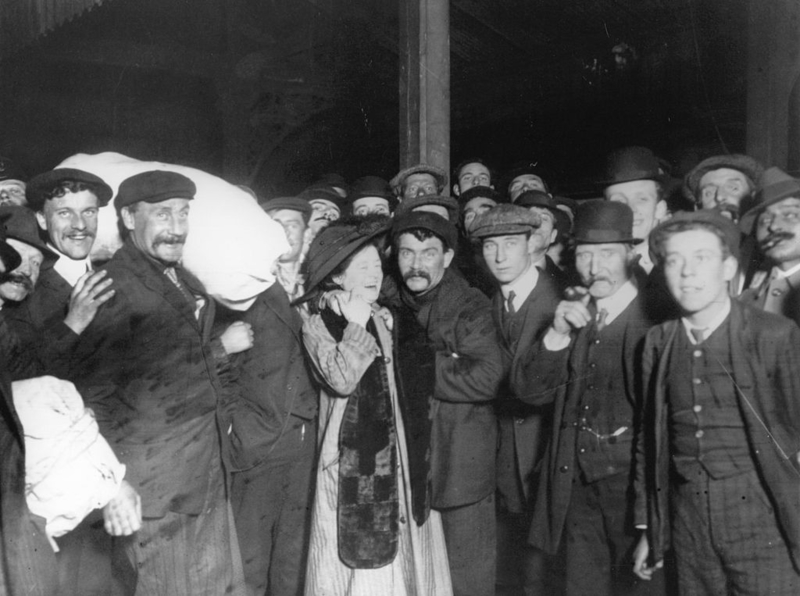
Over 700 Third-class Passengers and Only Two Bathtubs: Challenging Conditions for Third-class Passengers
Despite an overall improvement in conditions compared to average ships, third-class passengers on the Titanic faced challenges. With 700 to 1,000 passengers in third class, only two bathtubs were available, leading to chaotic and inconvenient conditions. While washbins in cabins offered some relief, the limited bathing facilities highlighted the disparities in accommodations during the lengthy voyage.
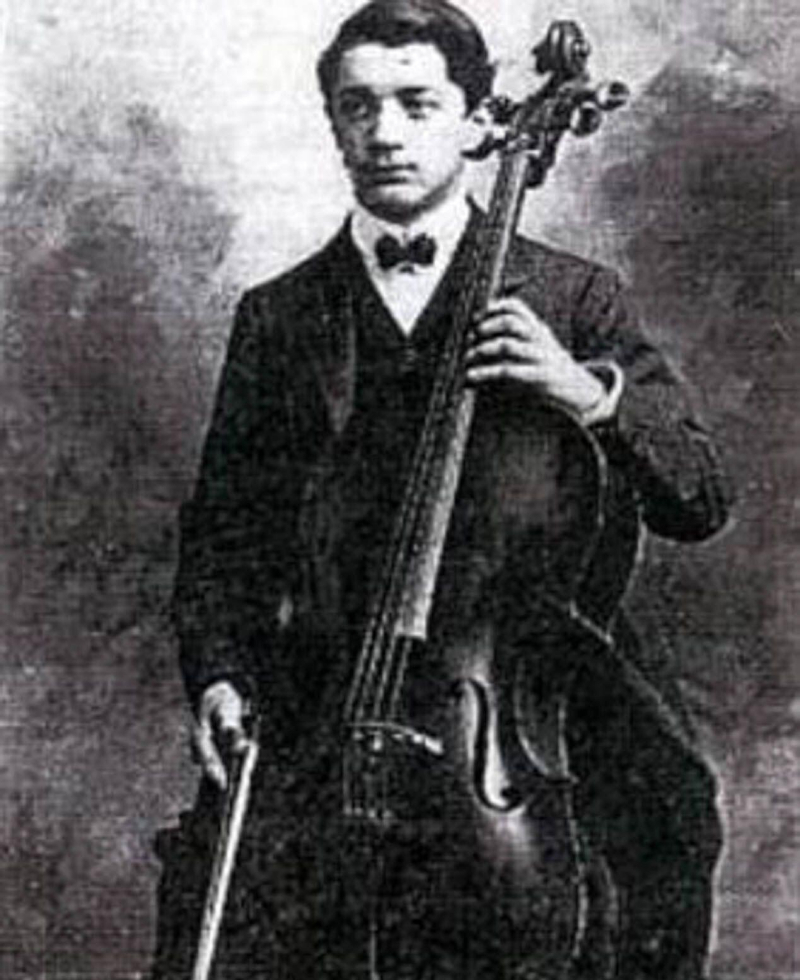
The Musician That Was Only Declared Dead 88 Years Later: Roger Bricoux’s Prolonged Fate
Roger Bricoux, the 21-year-old French cellist in the Titanic orchestra, faced an intriguing posthumous saga. Although he perished in the 1912 disaster, bureaucratic issues led to his official declaration of death in the year 2000. Mistakenly believed to have survived, Bricoux was even considered a deserter during WWI. It took 88 years and the efforts of the French Association of the Titanic to rectify the oversight and finally declare him deceased.
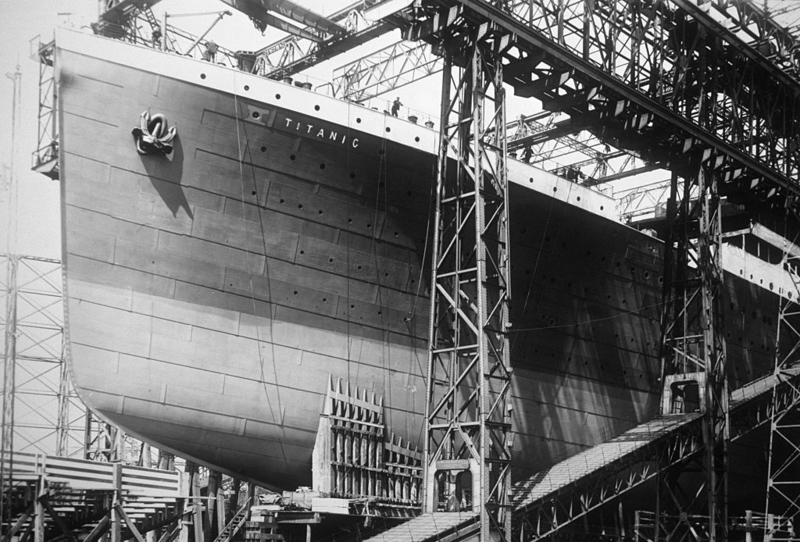
The Titanic “Curse” Began With Its Construction: Tragedy Shadows Construction
Legend has it that the Titanic bore a curse from its construction phase. Eight workers lost their lives during its construction, three remaining unidentified. In the absence of modern safety practices in 1911, fatal accidents were almost inevitable. The lives of workers like Samuel Scott, John Kelly, William Clarke, James Dobbin, and Robert Murphy were memorialized in 2012 with a plaque in Belfast, acknowledging the tragic events surrounding the ship’s creation.
